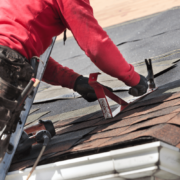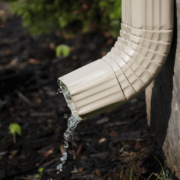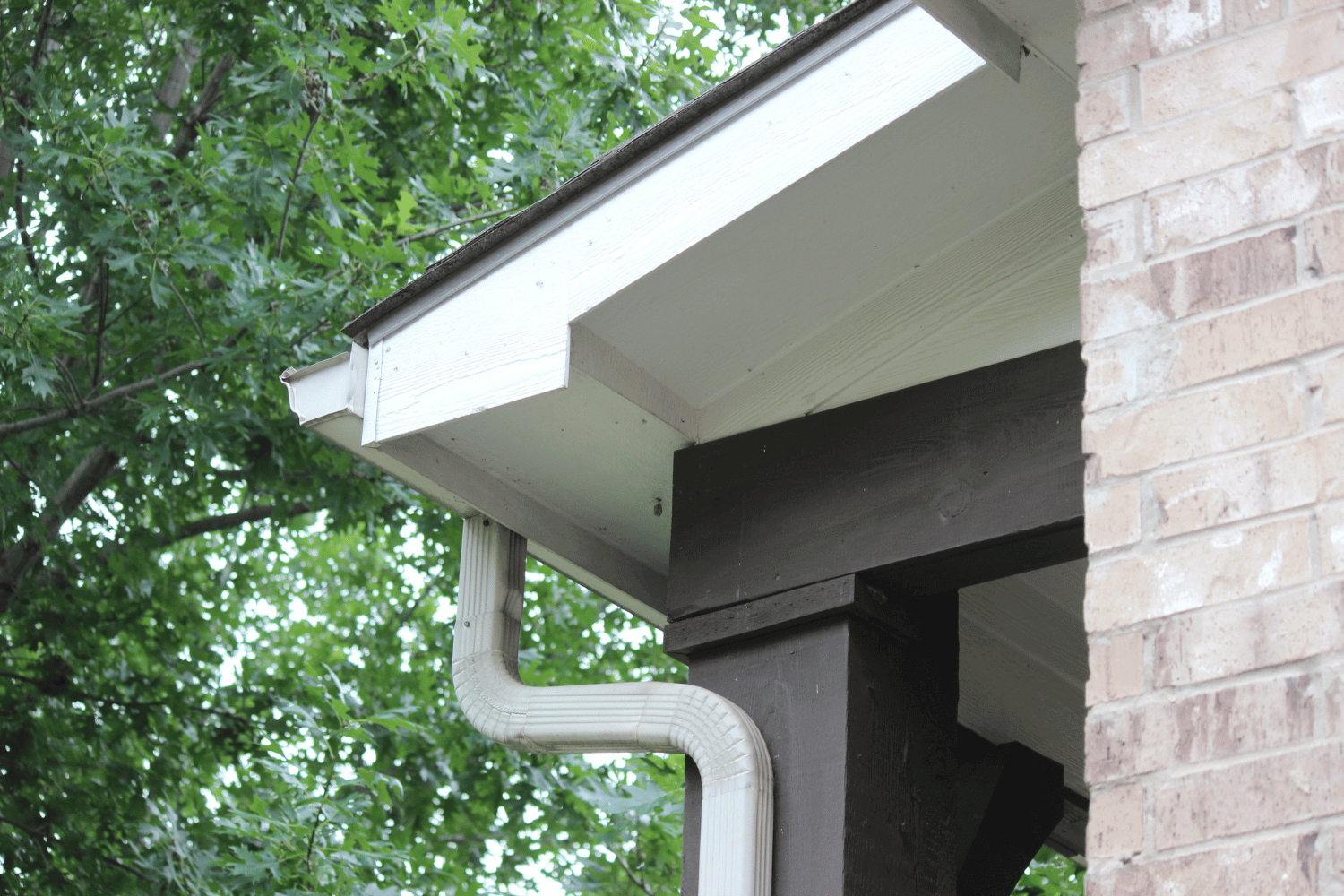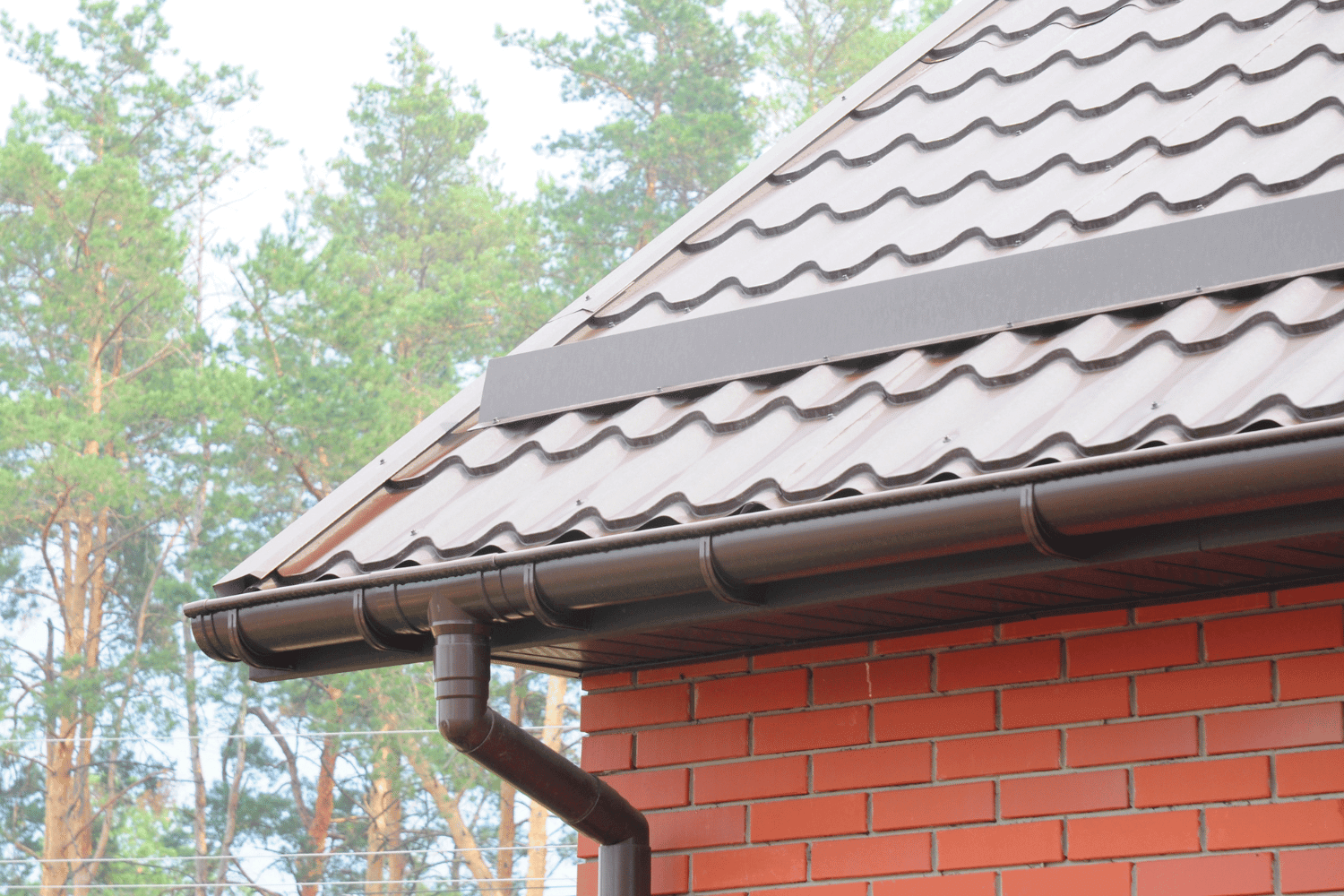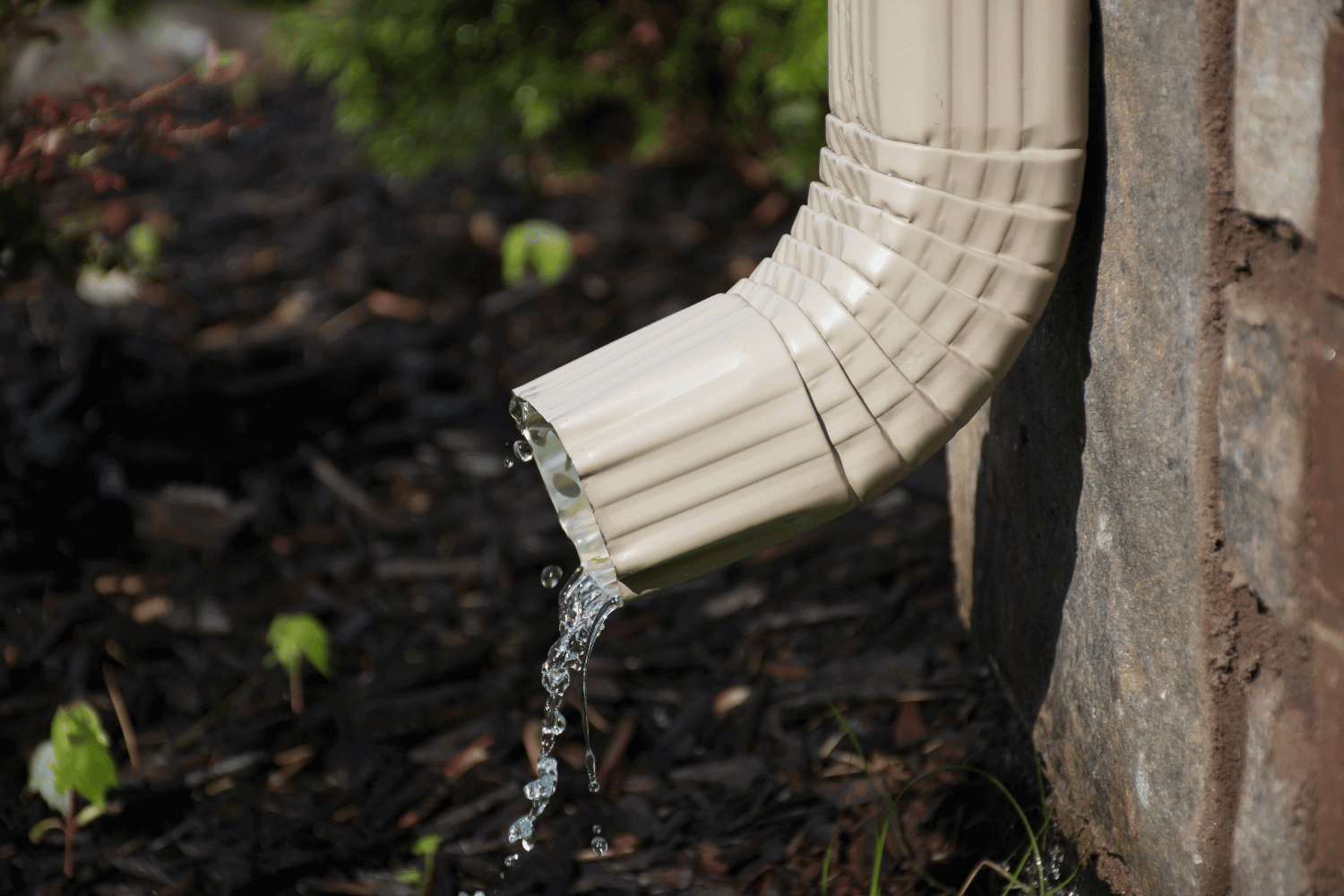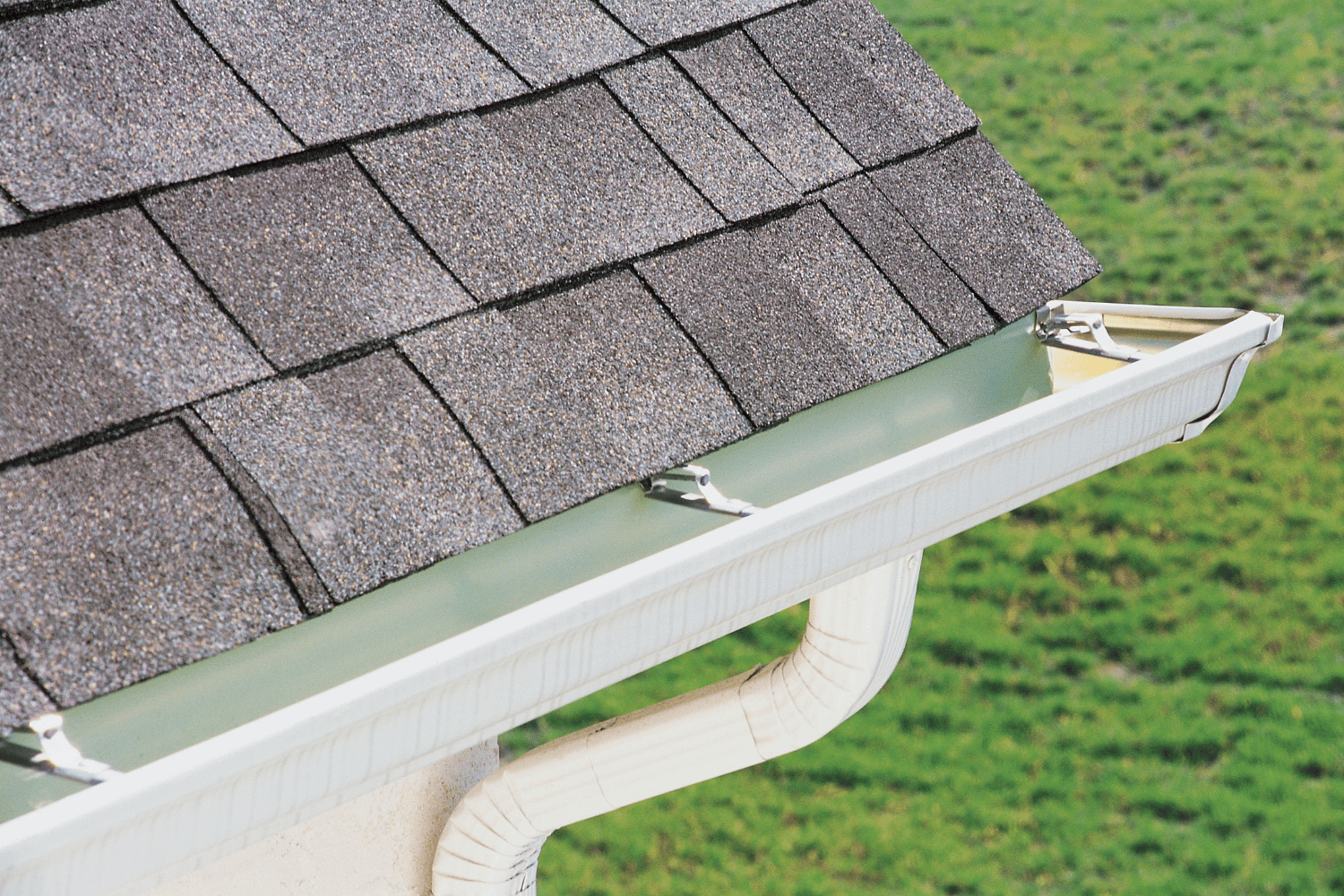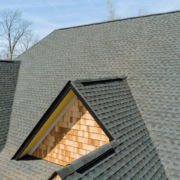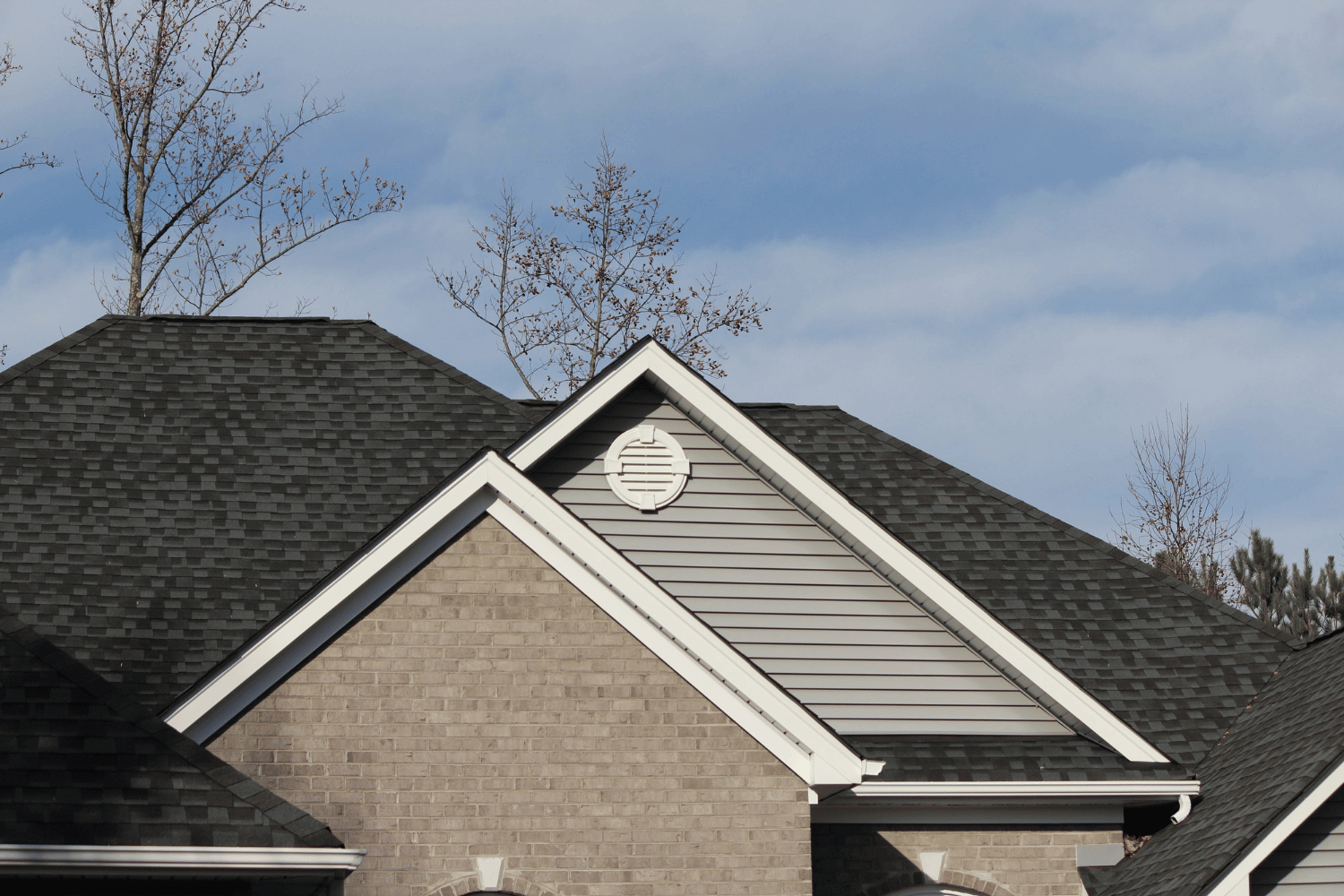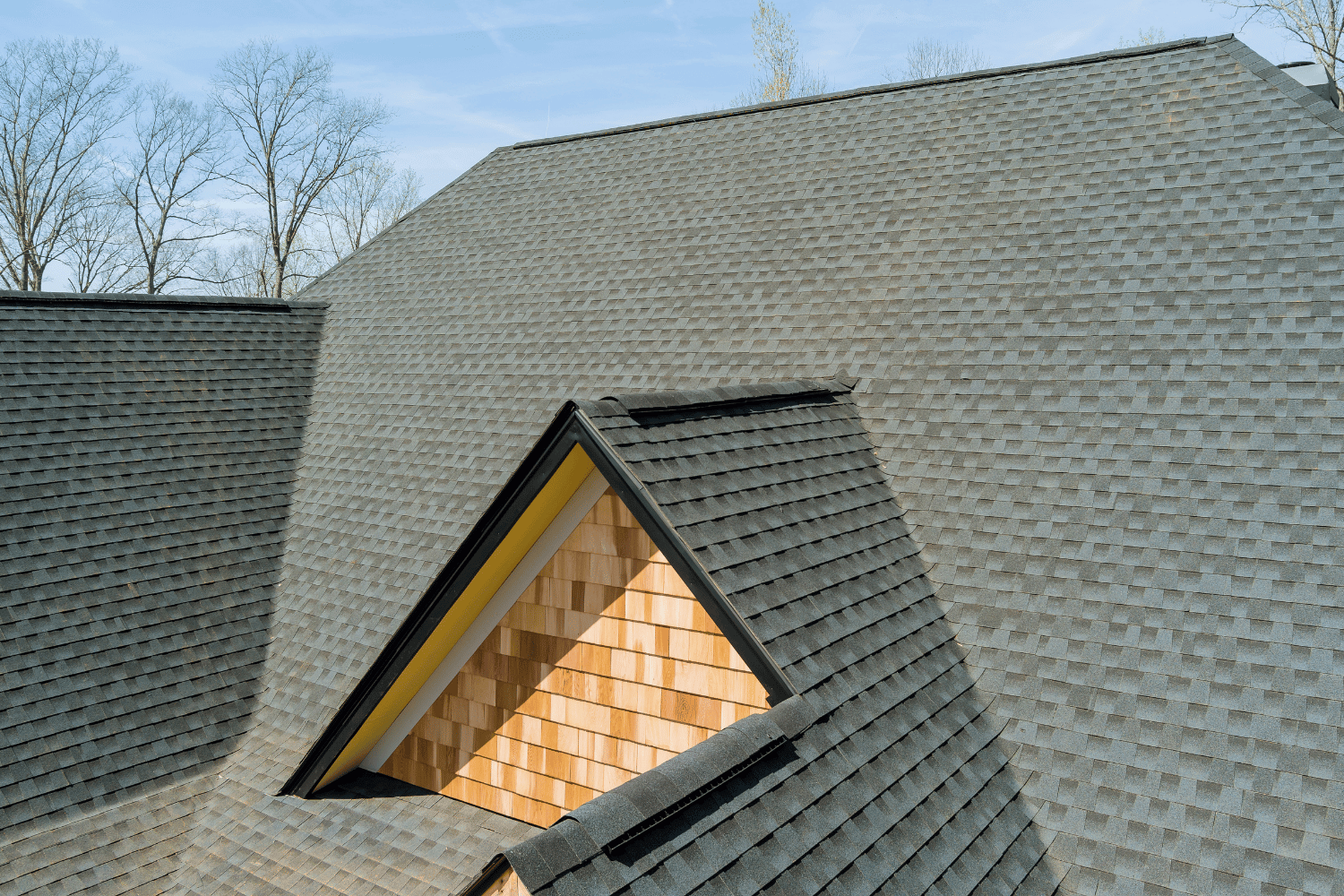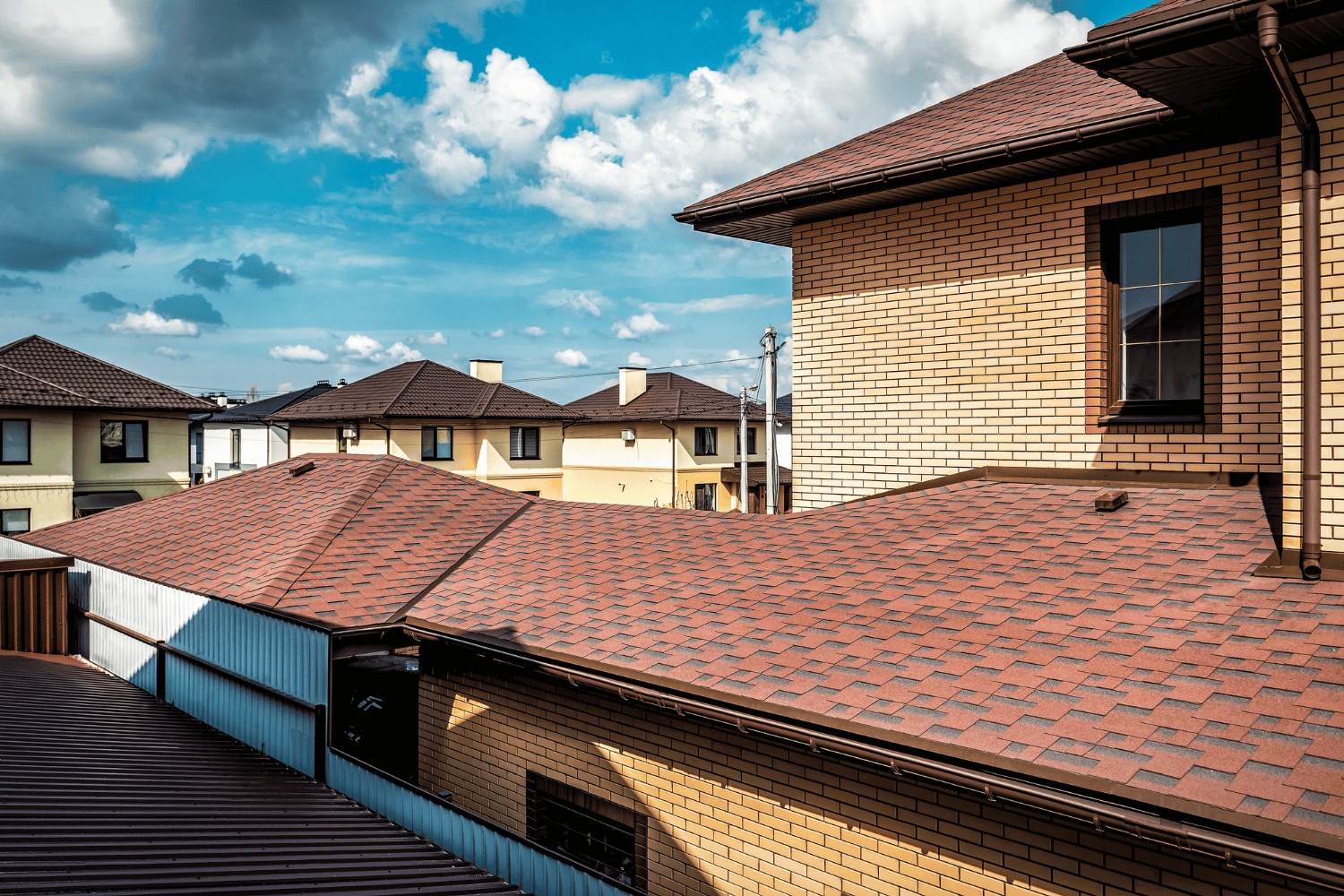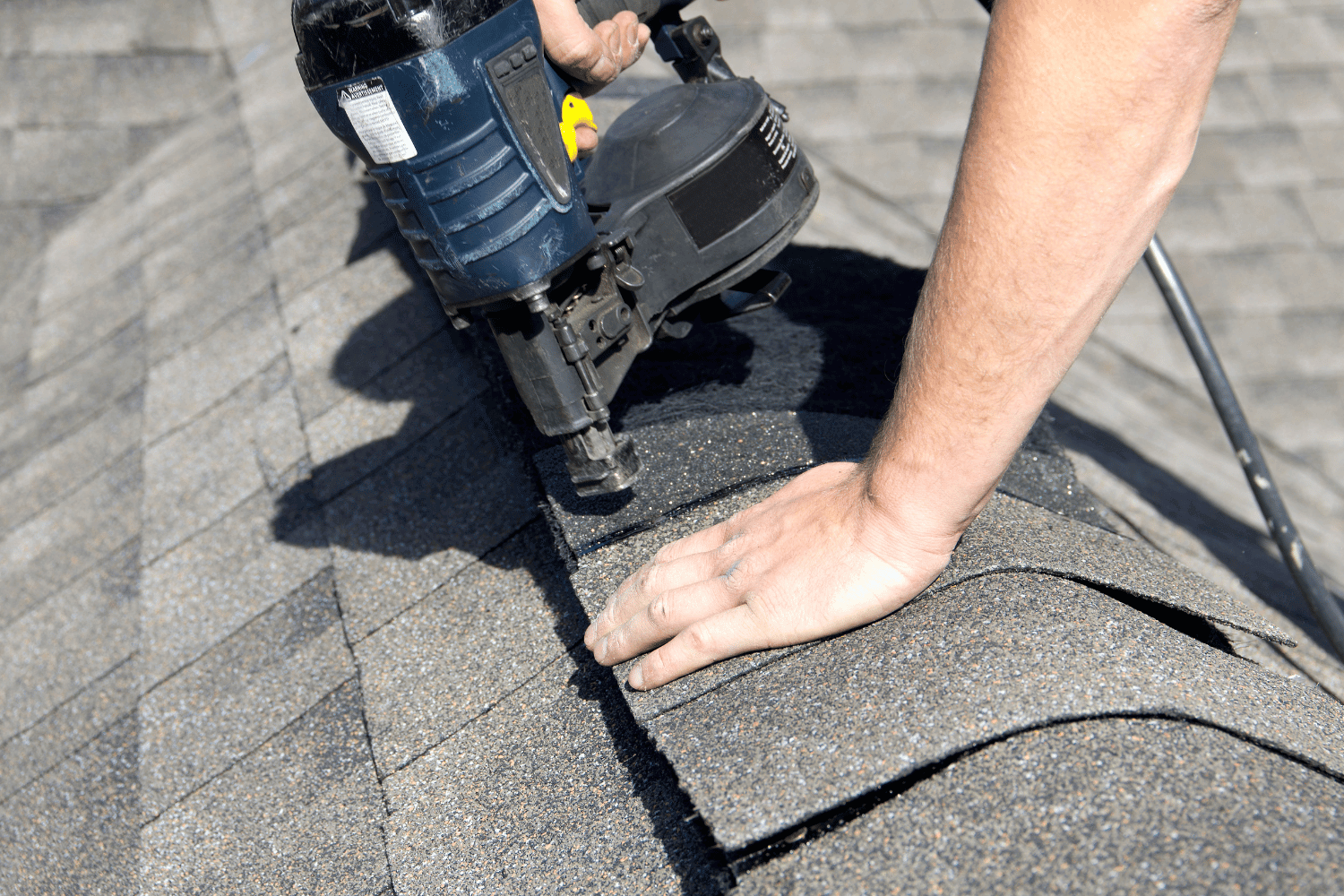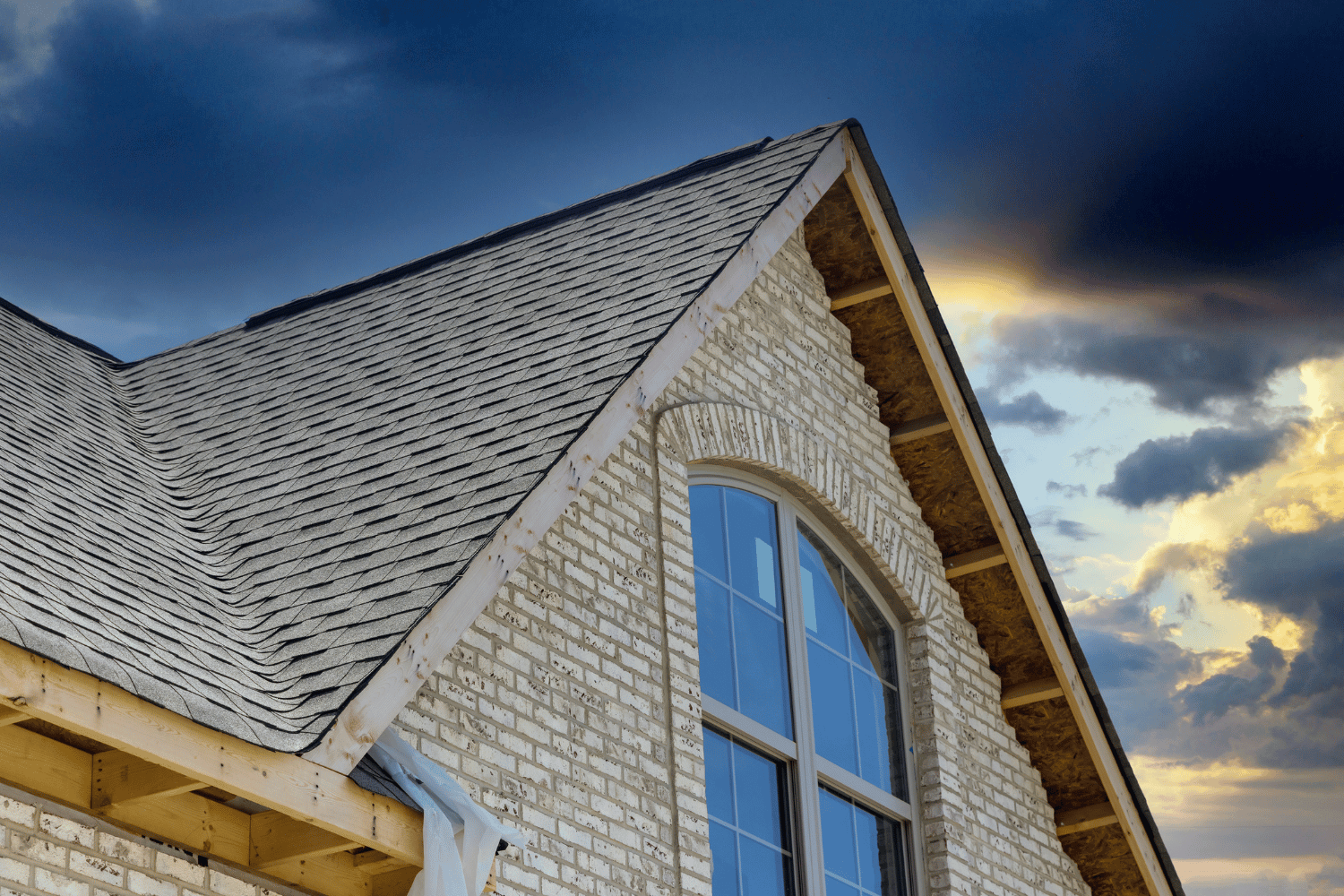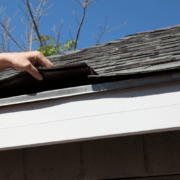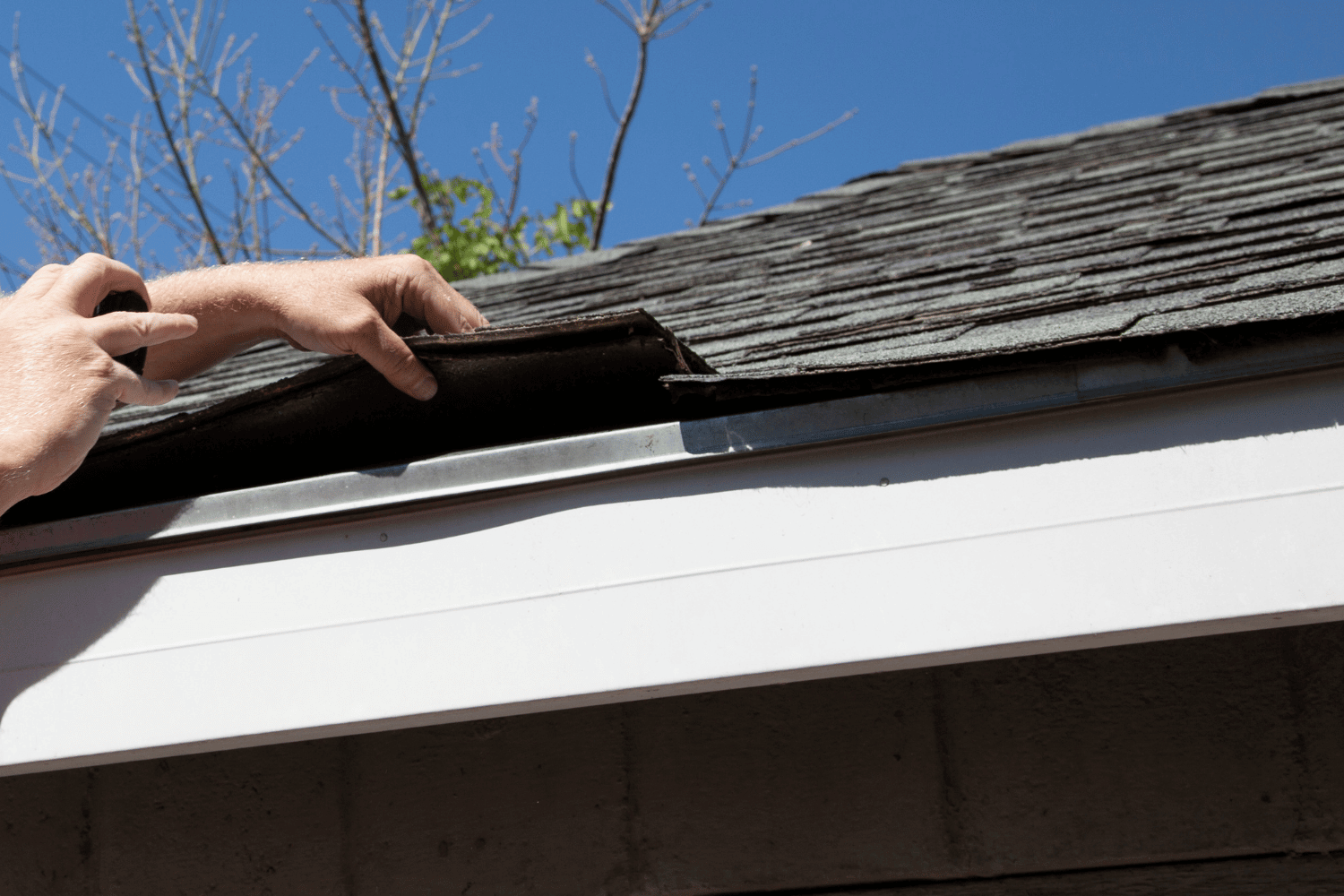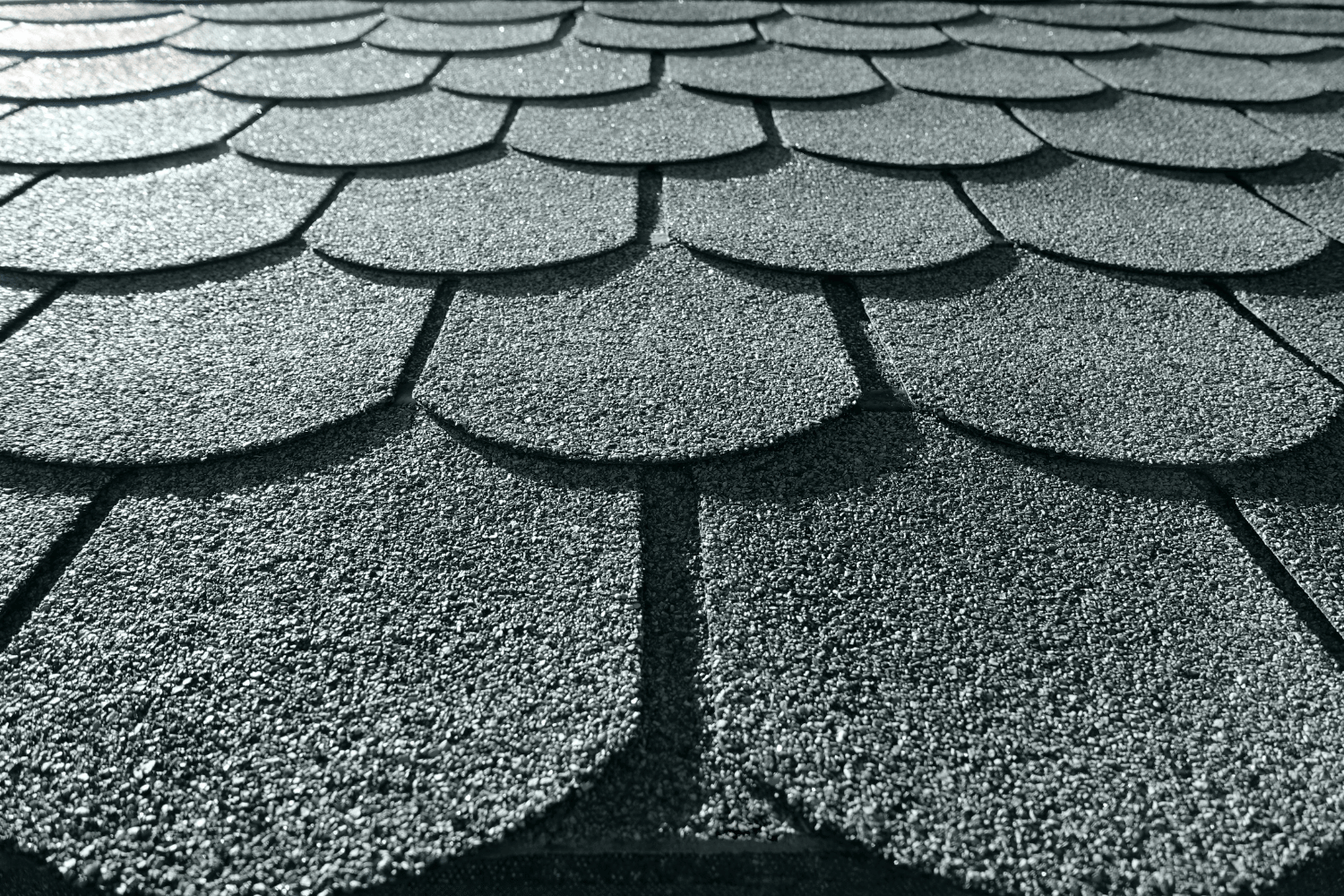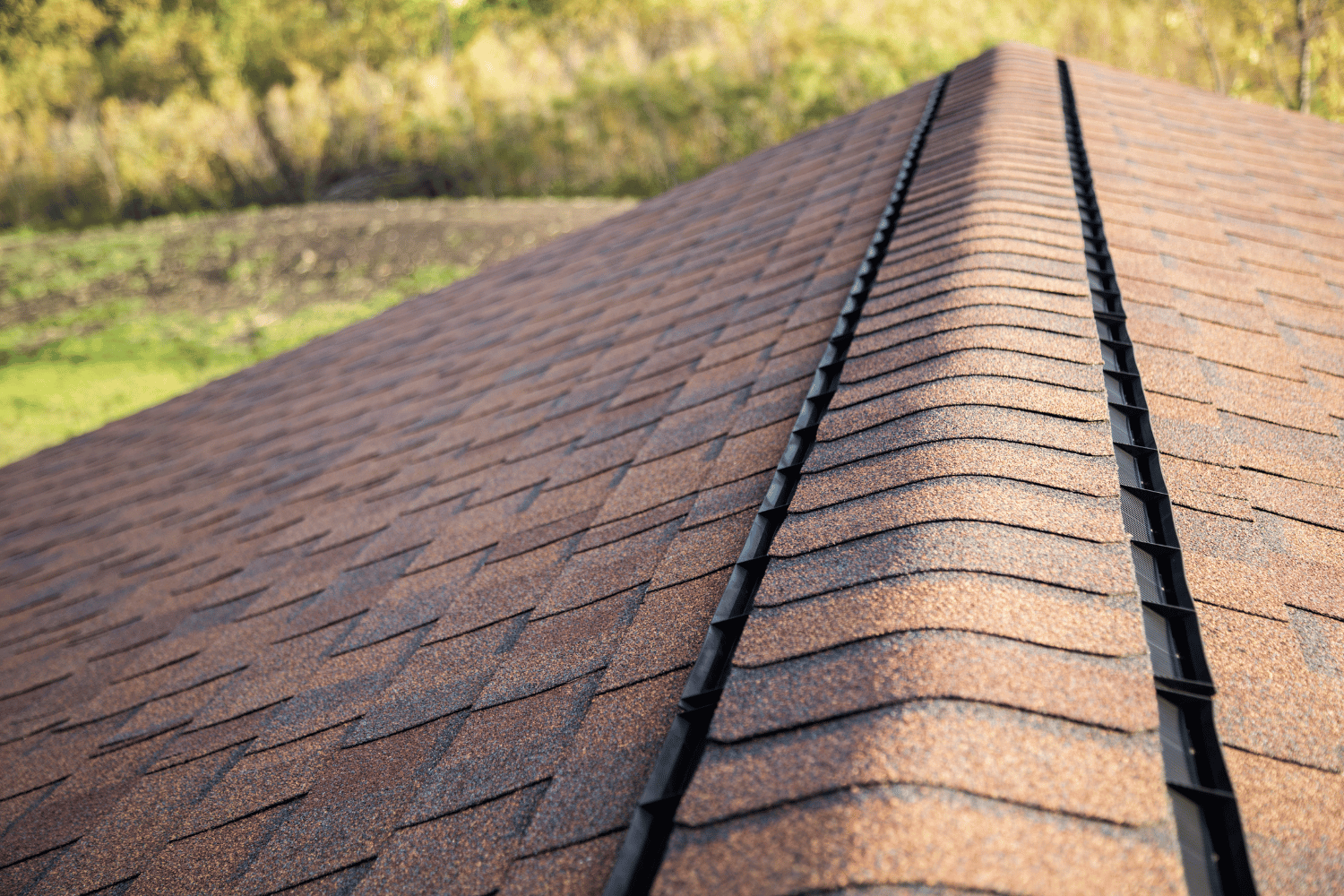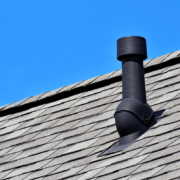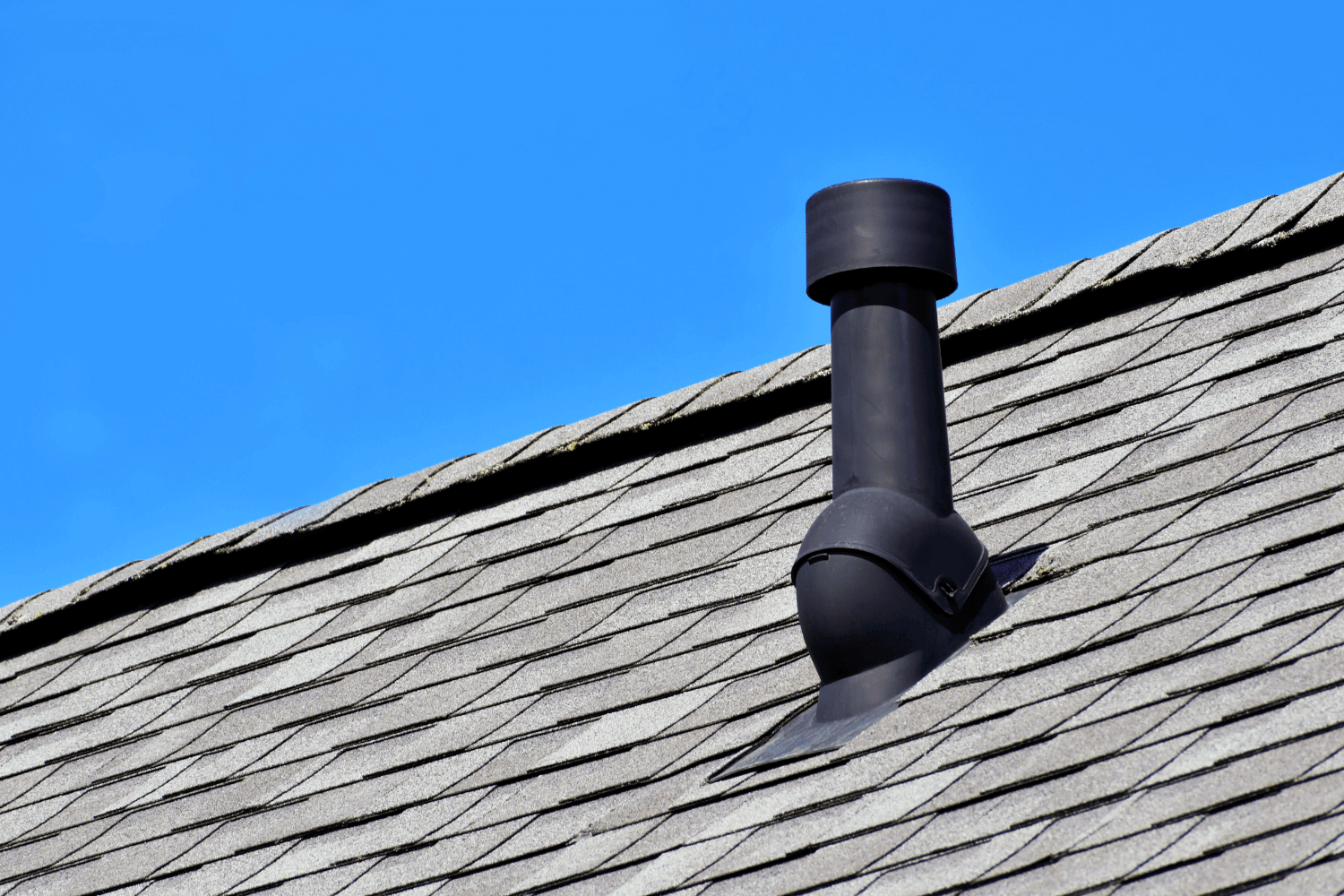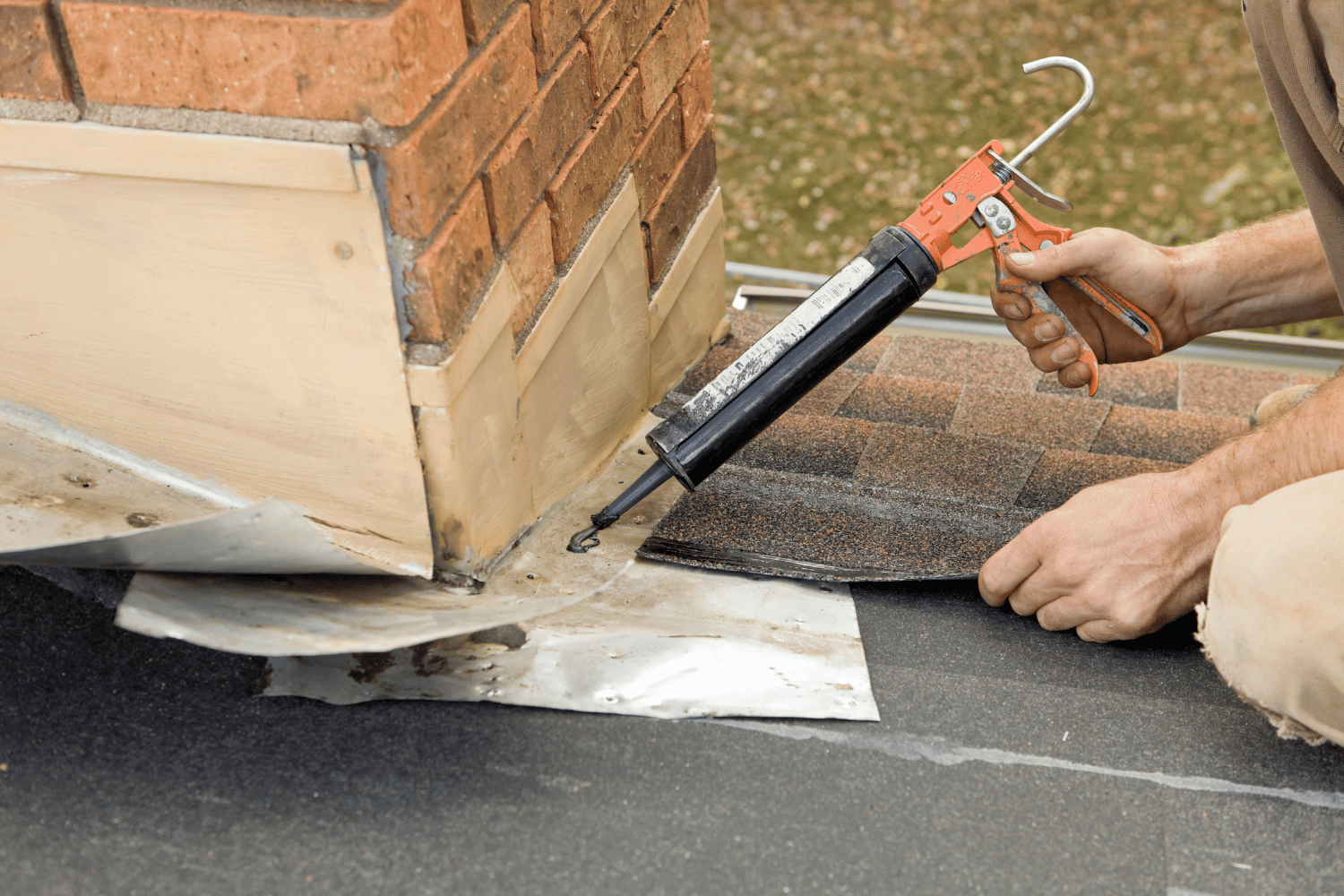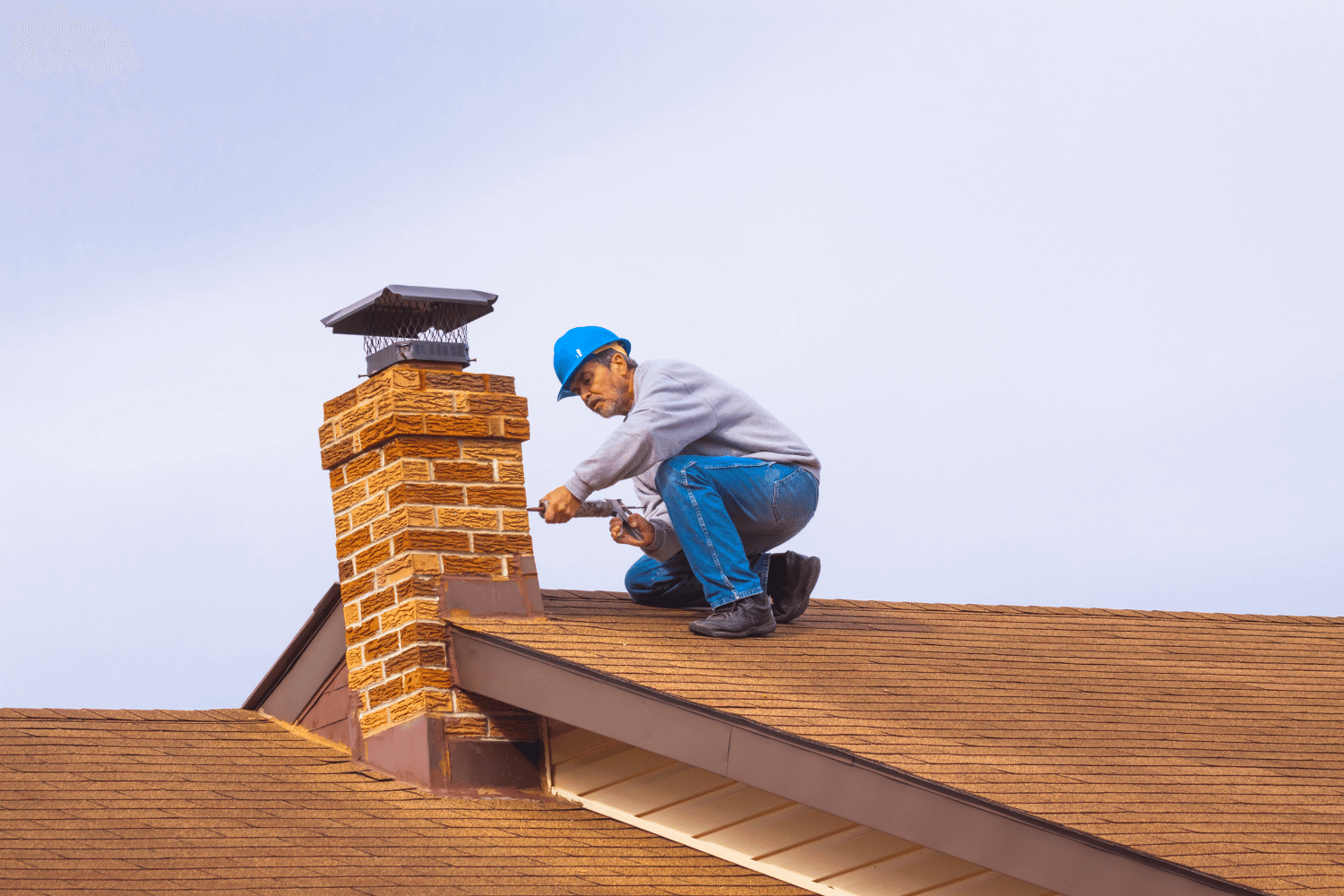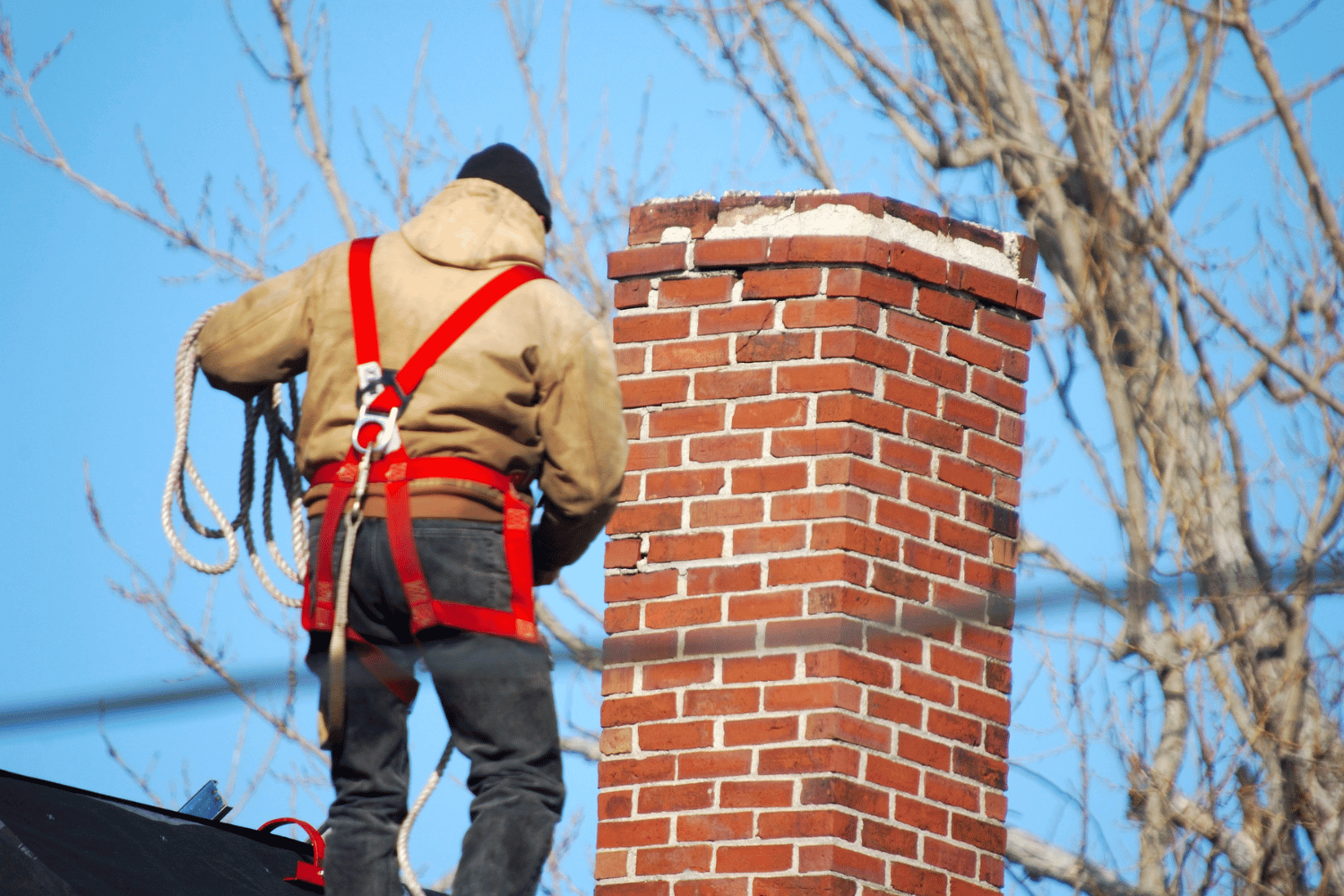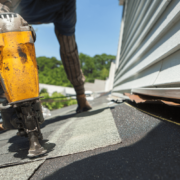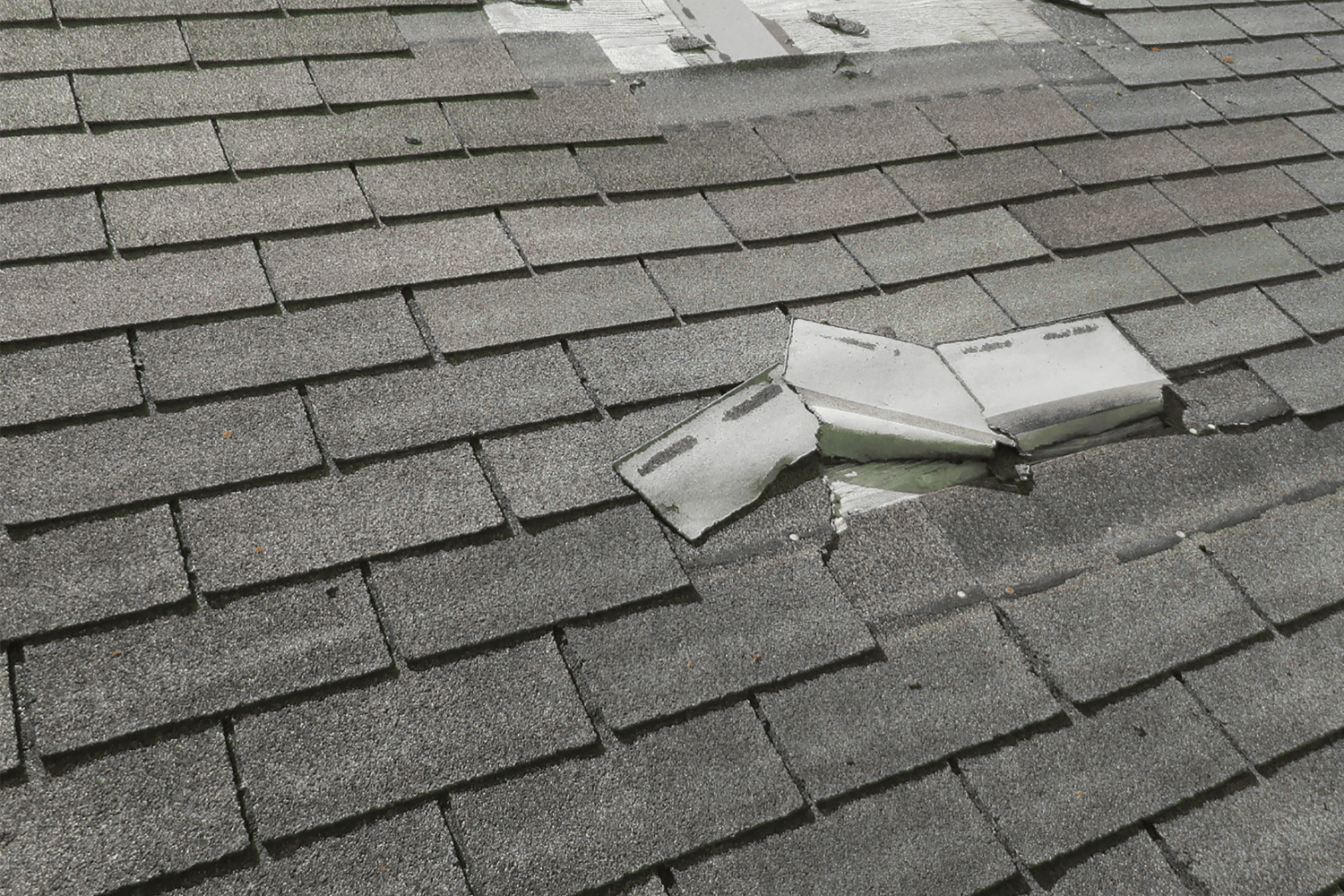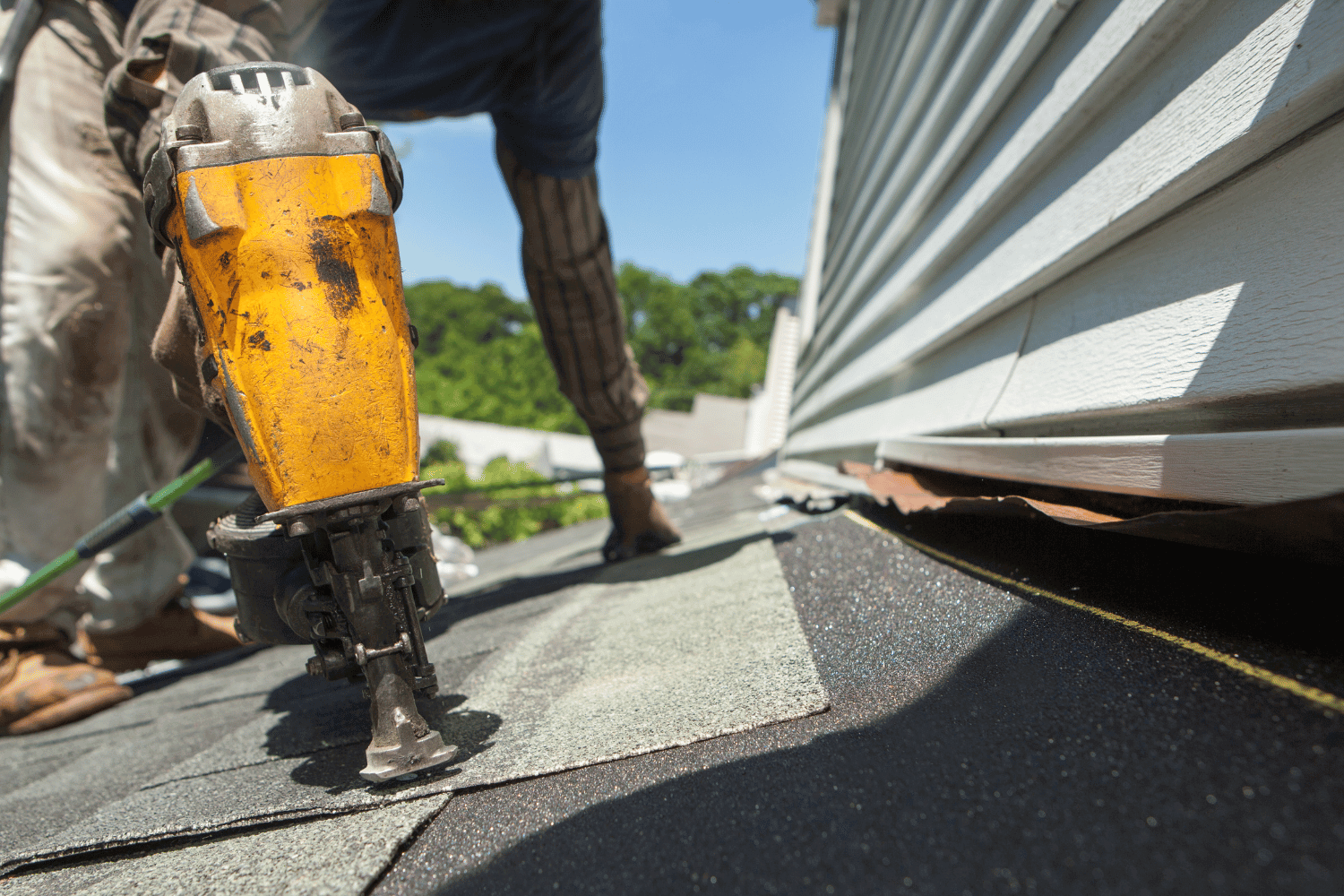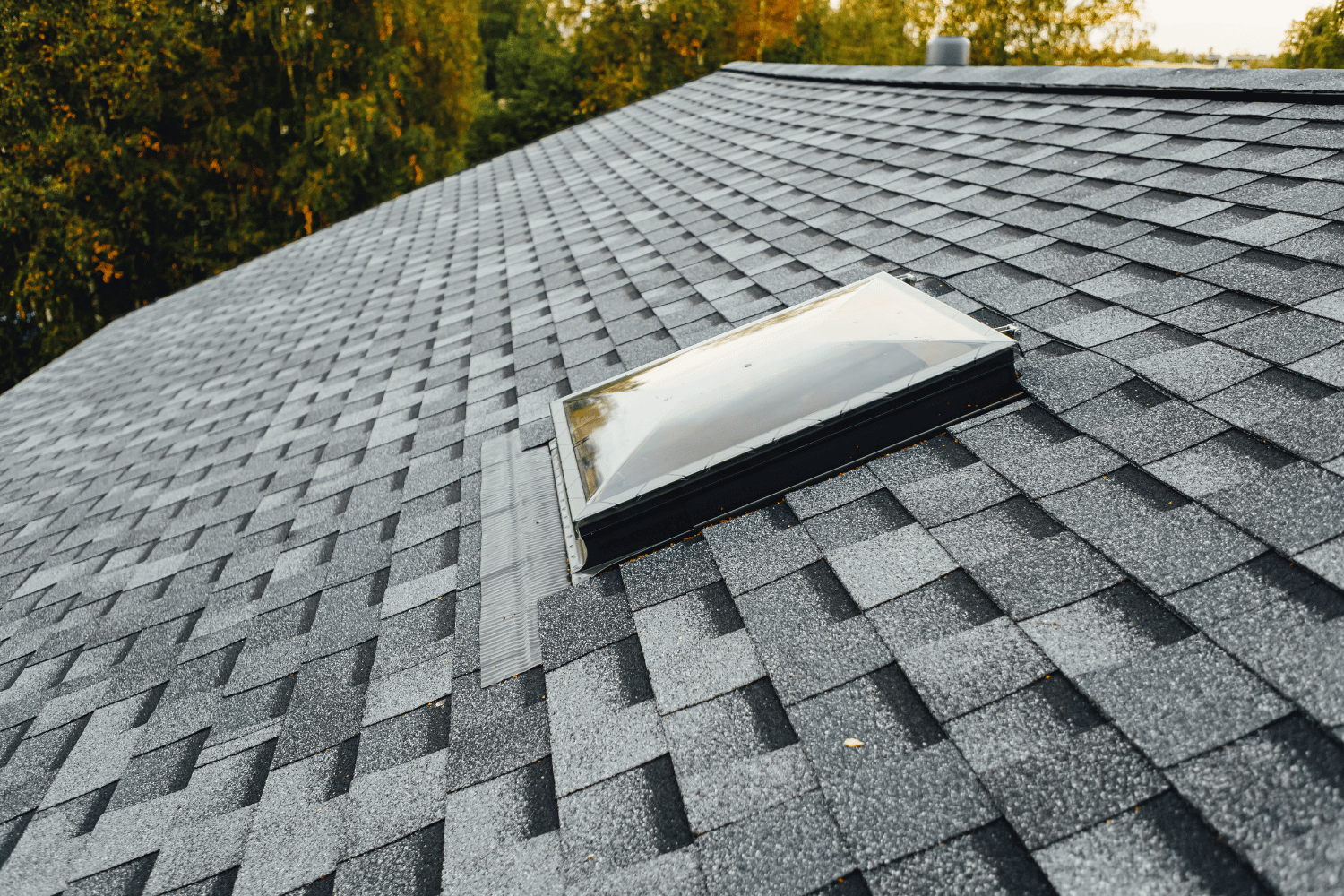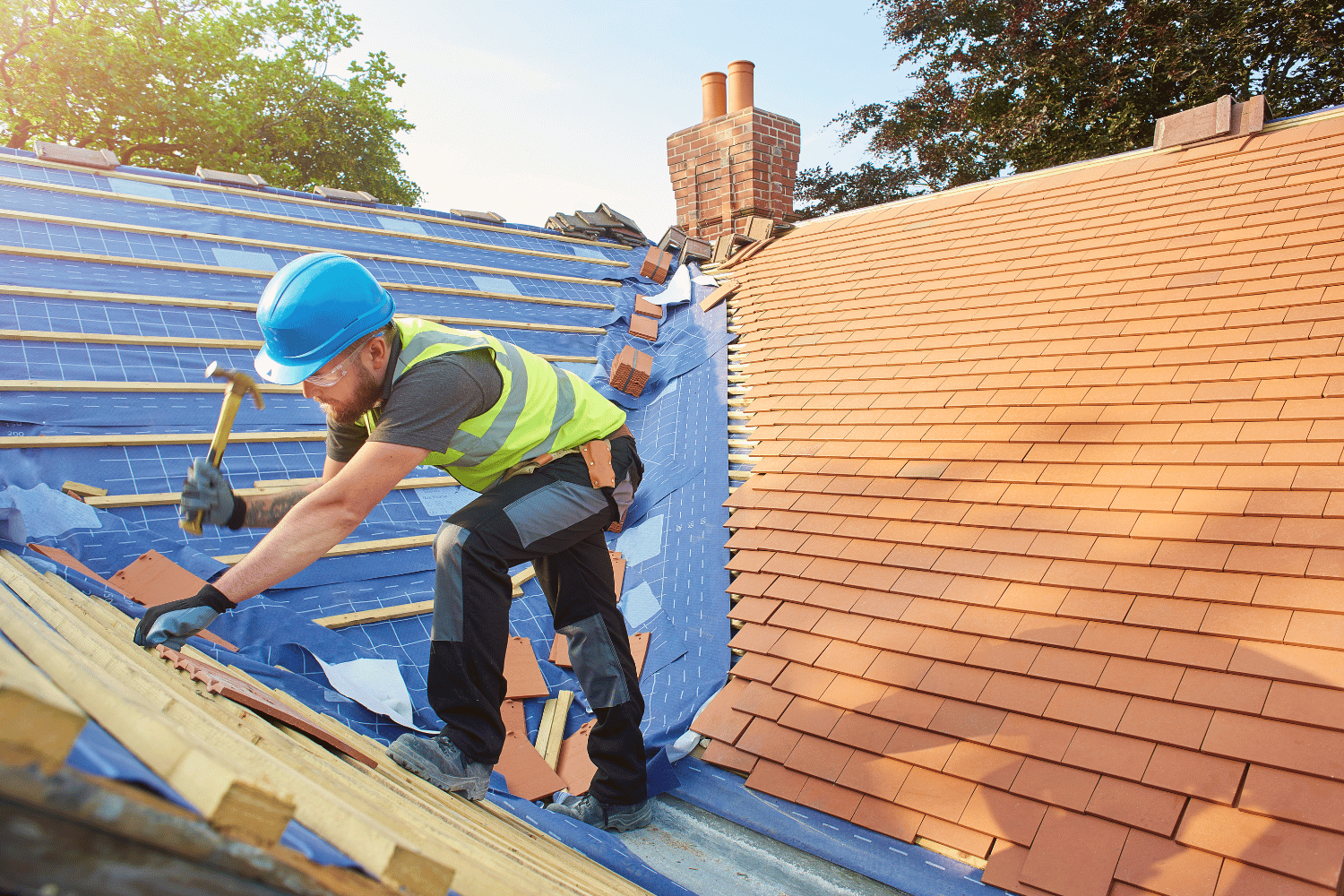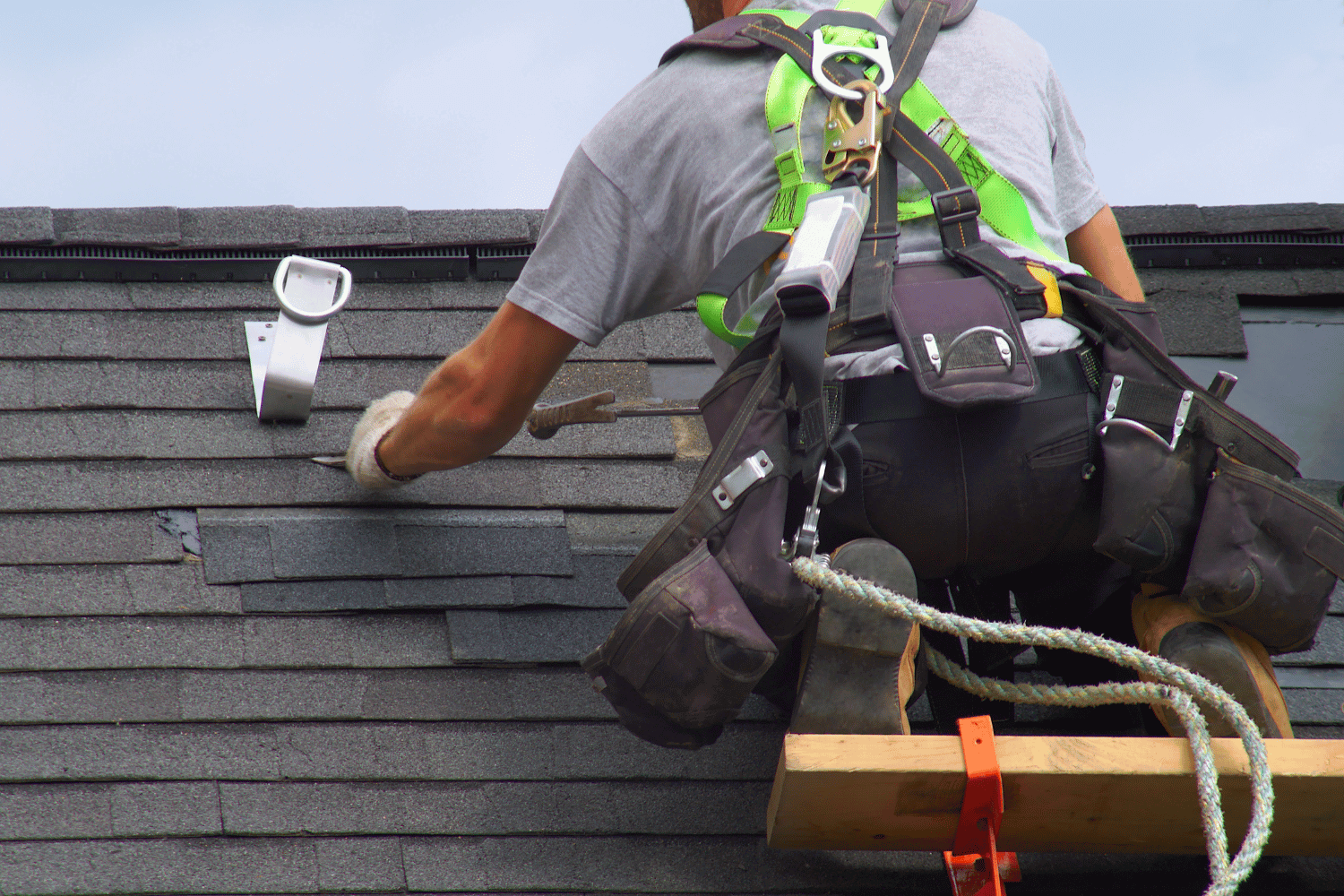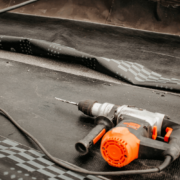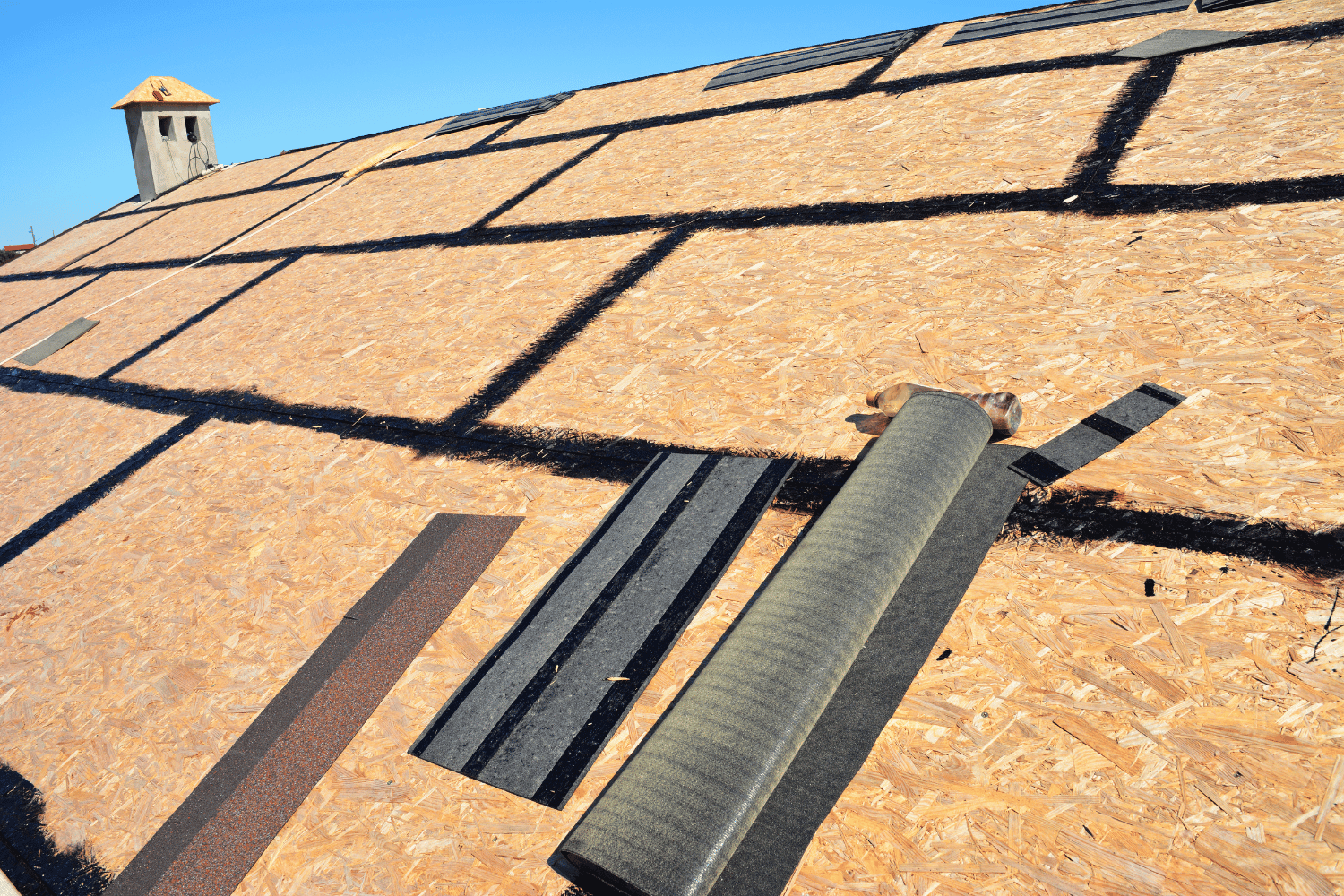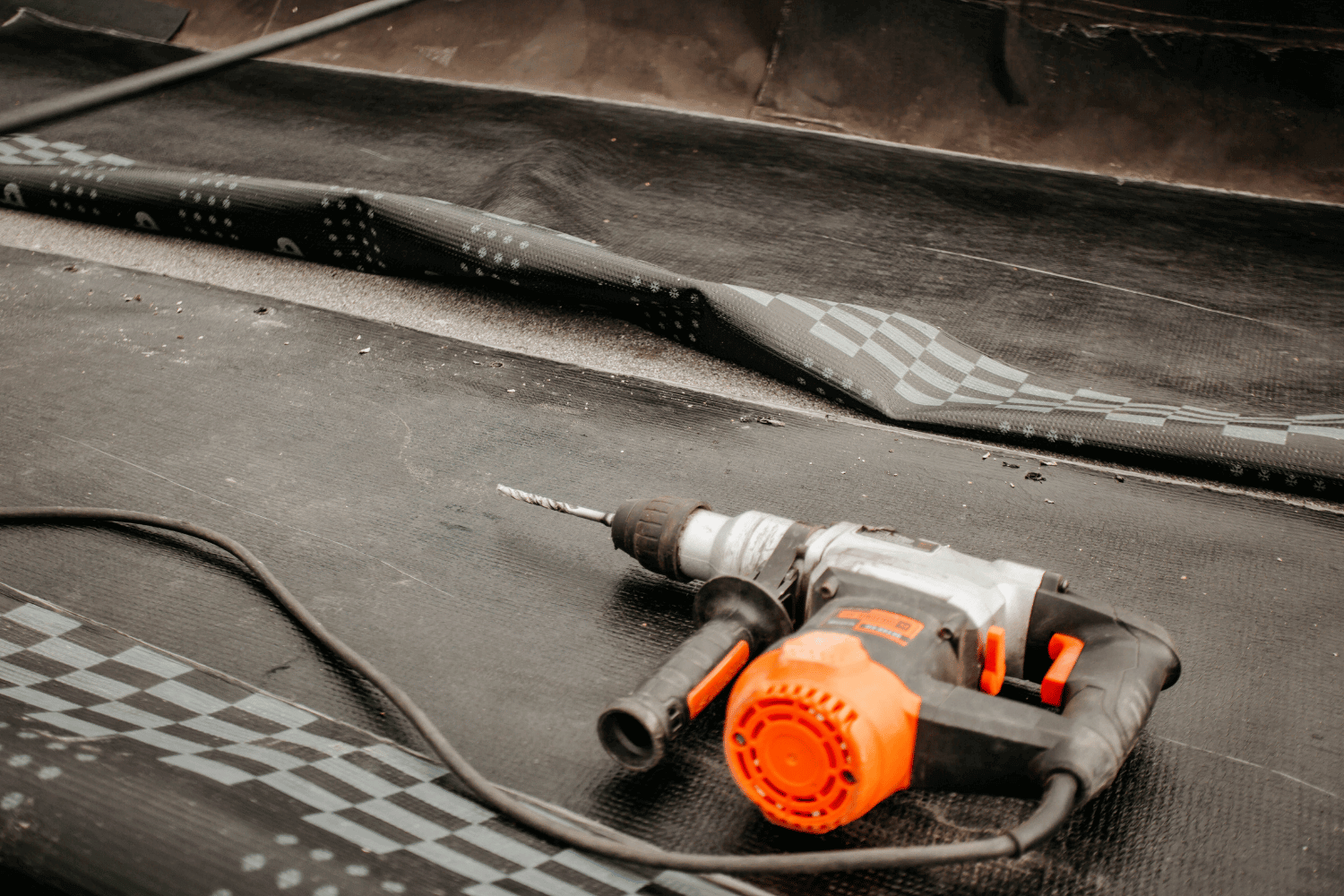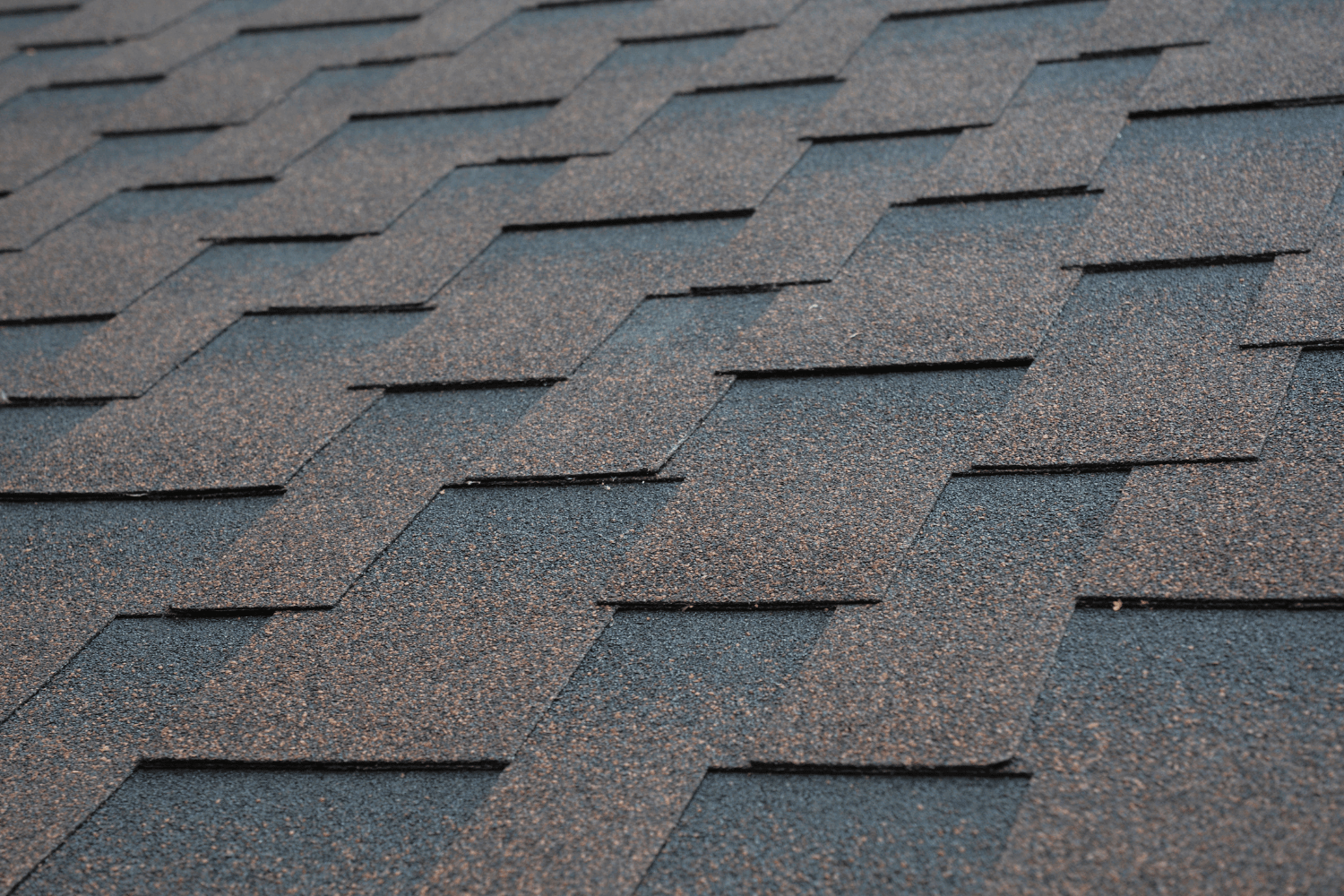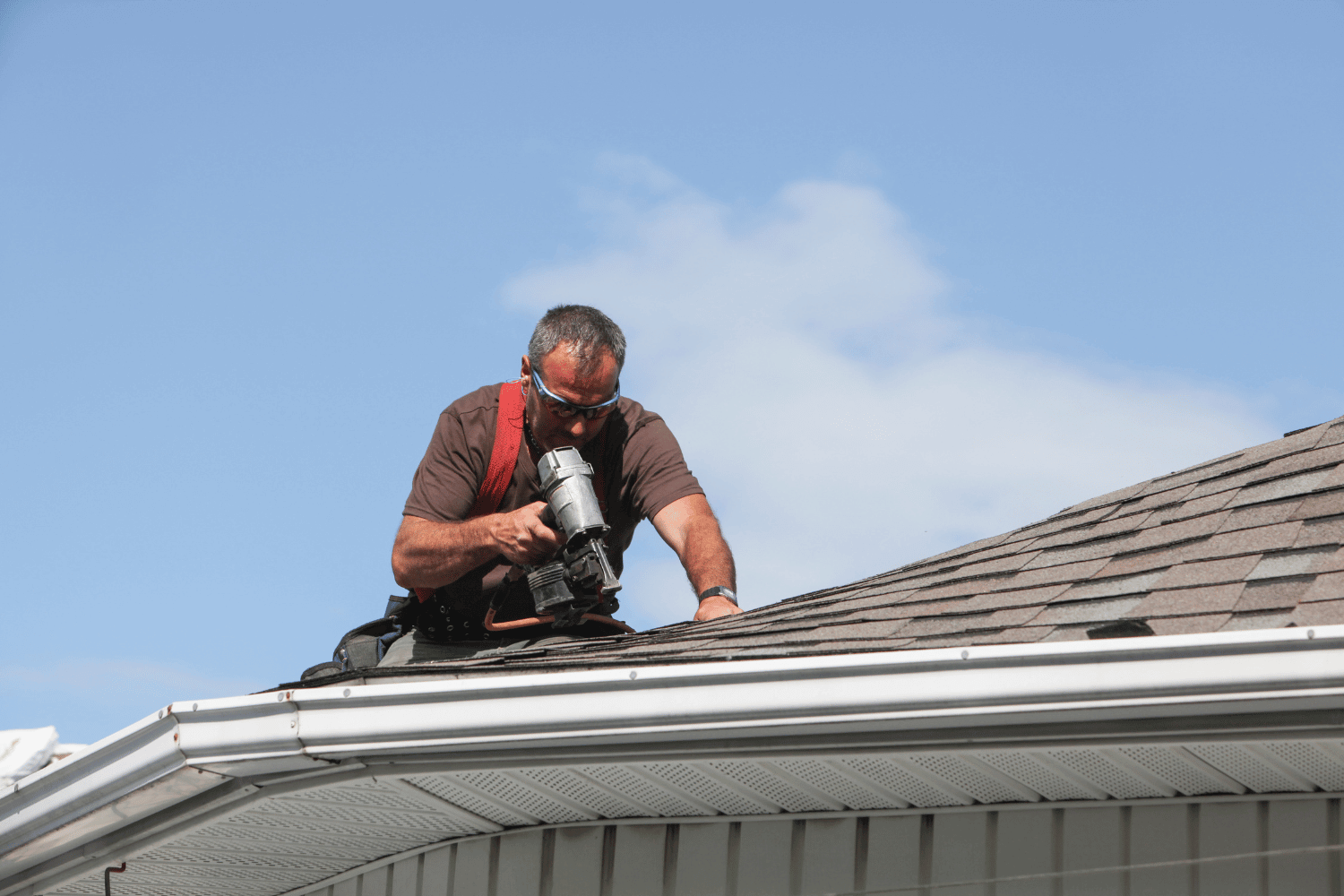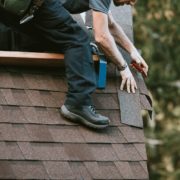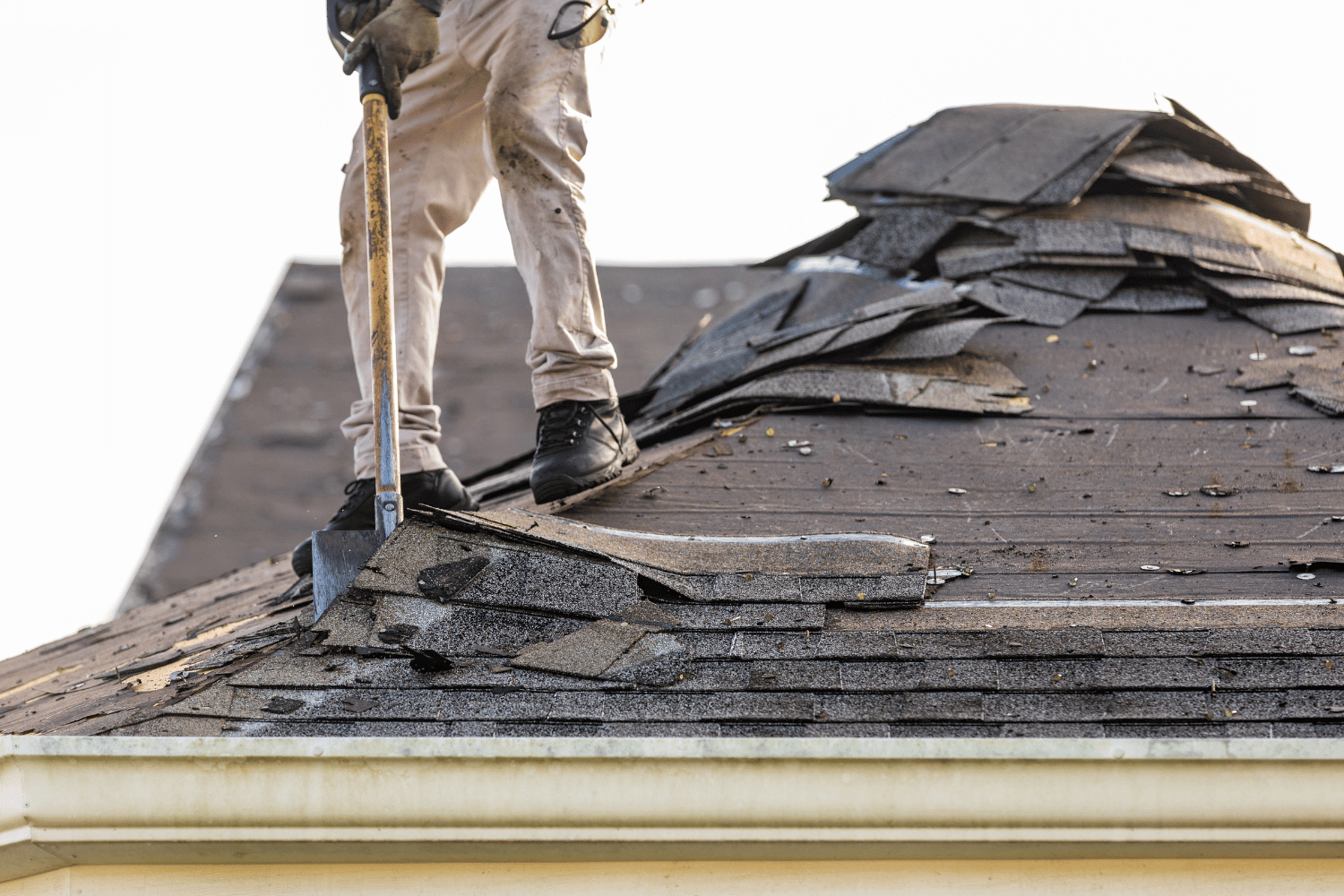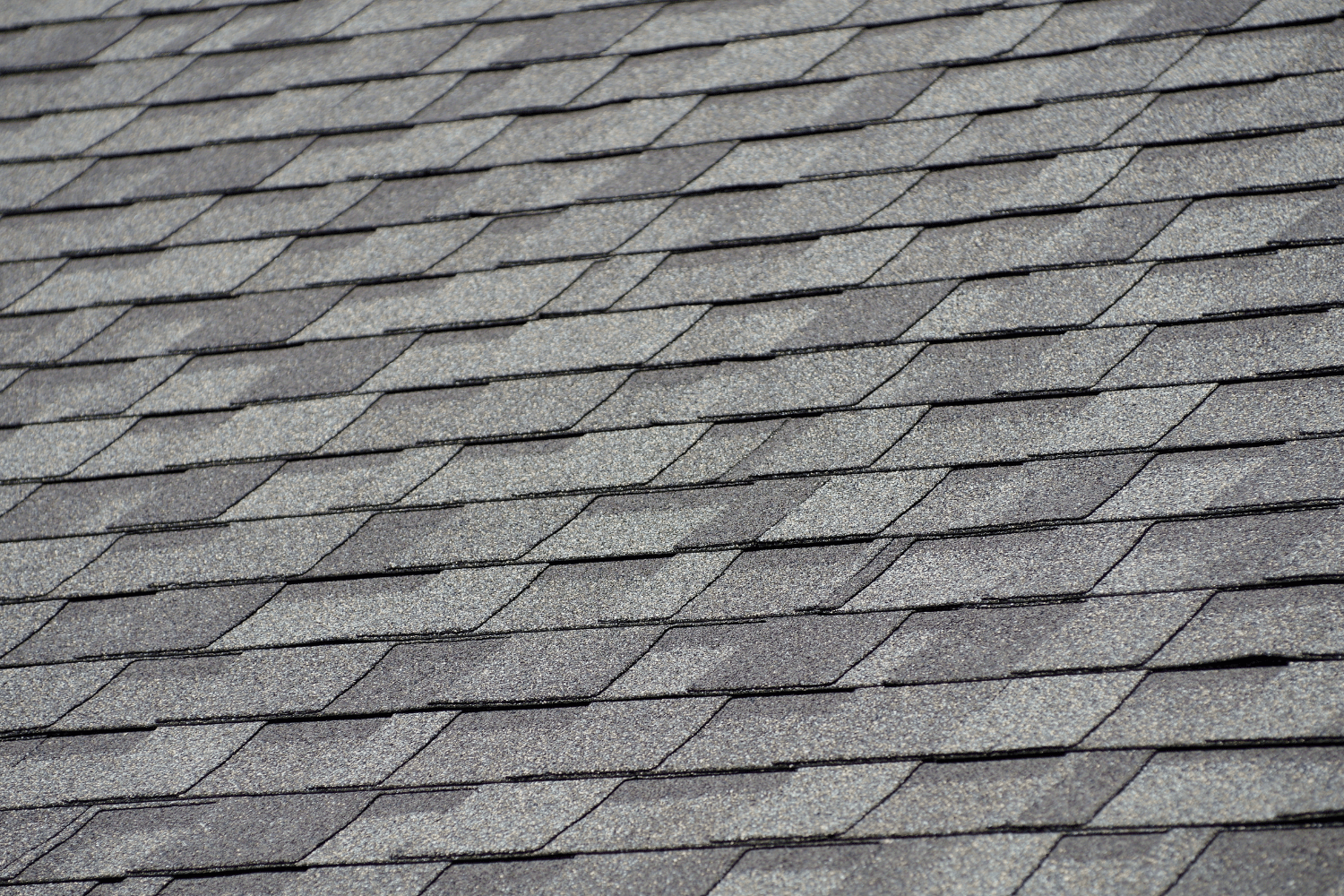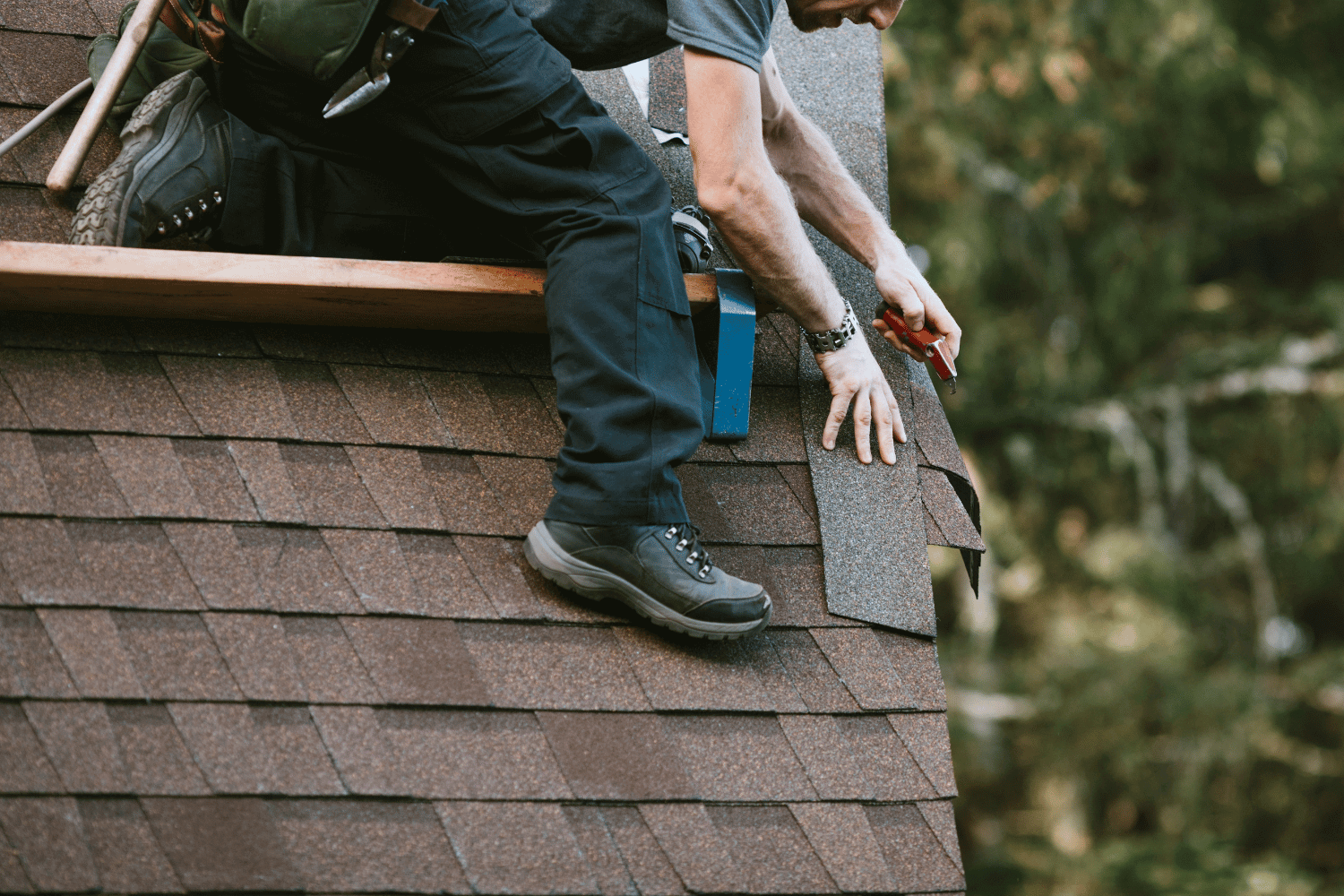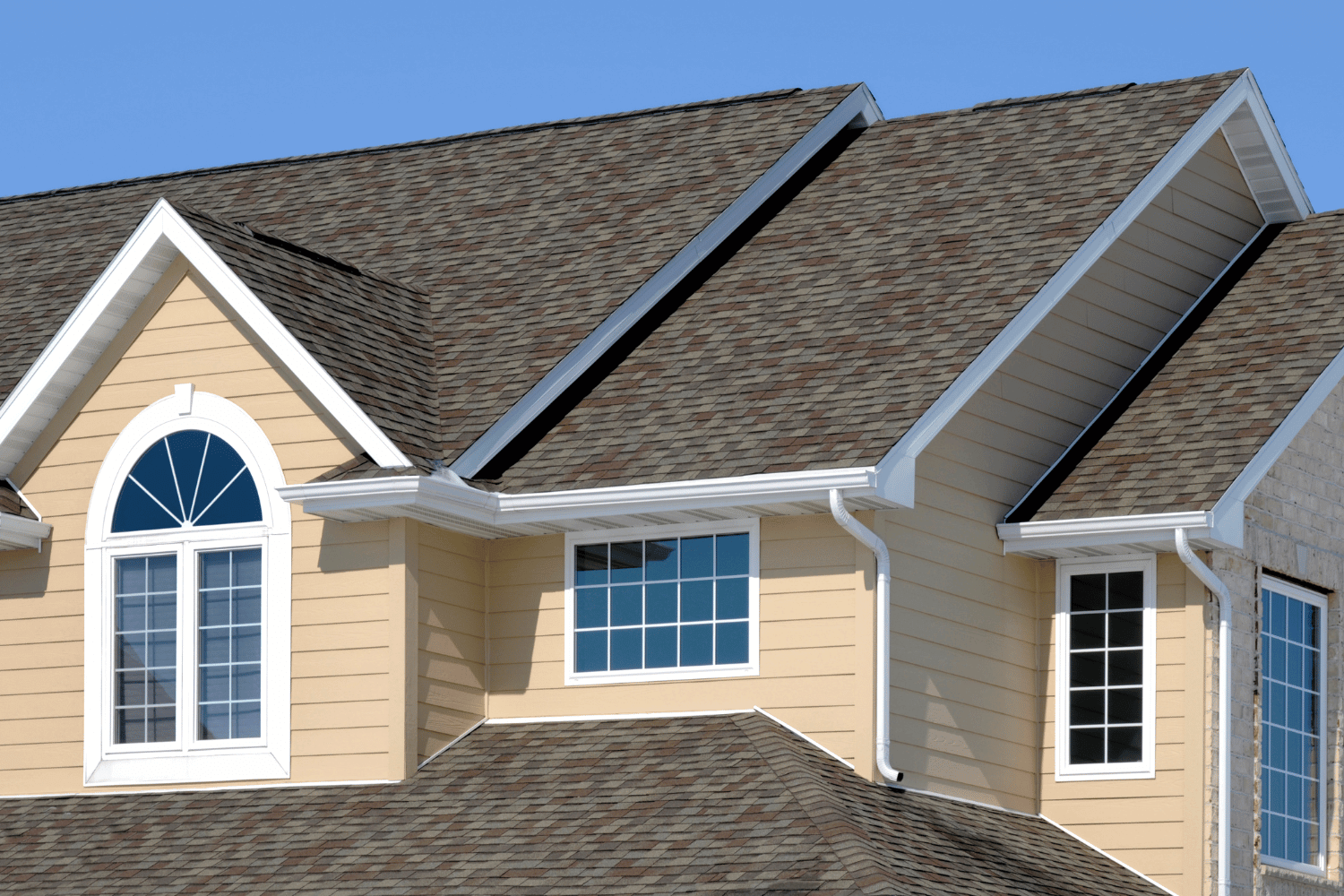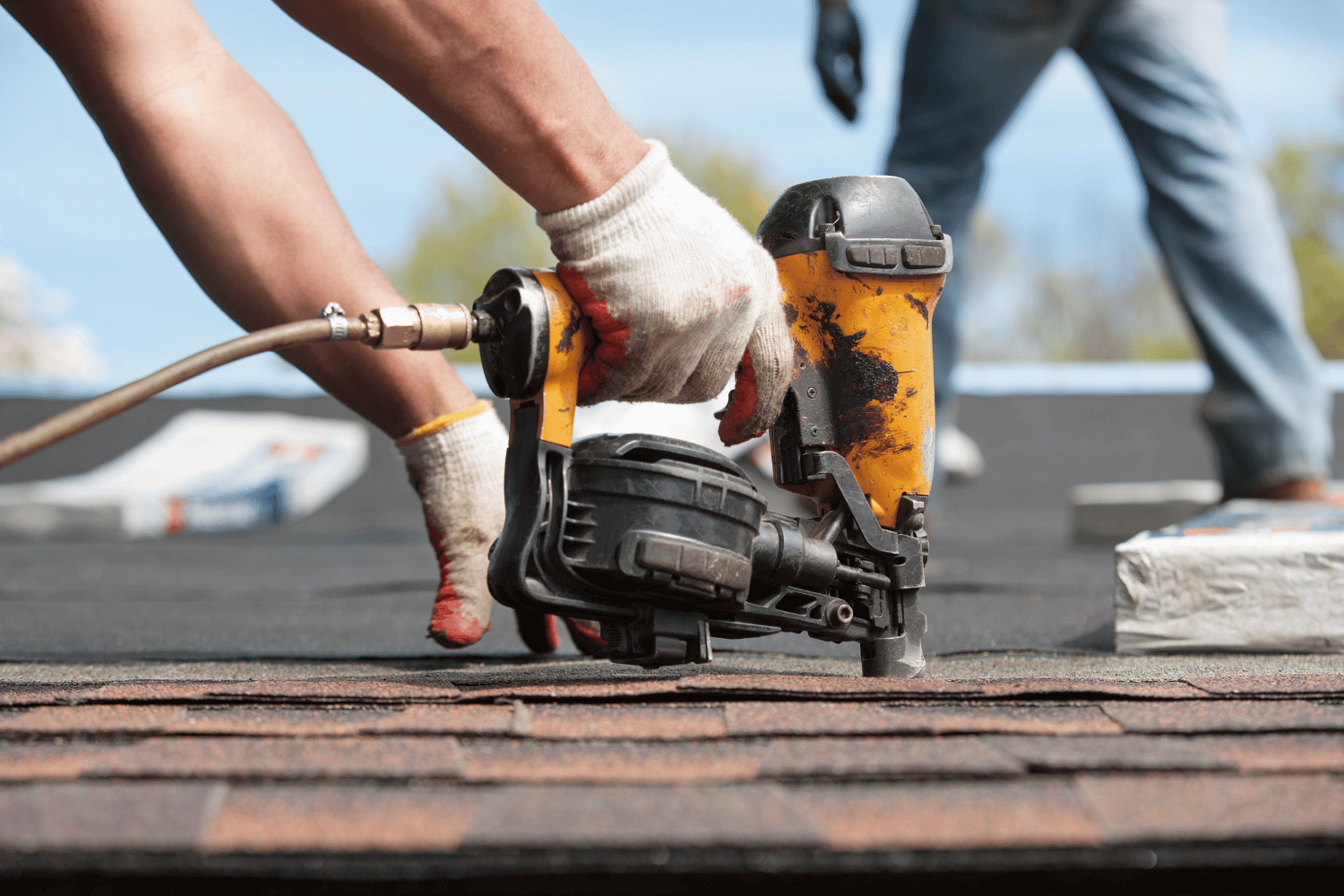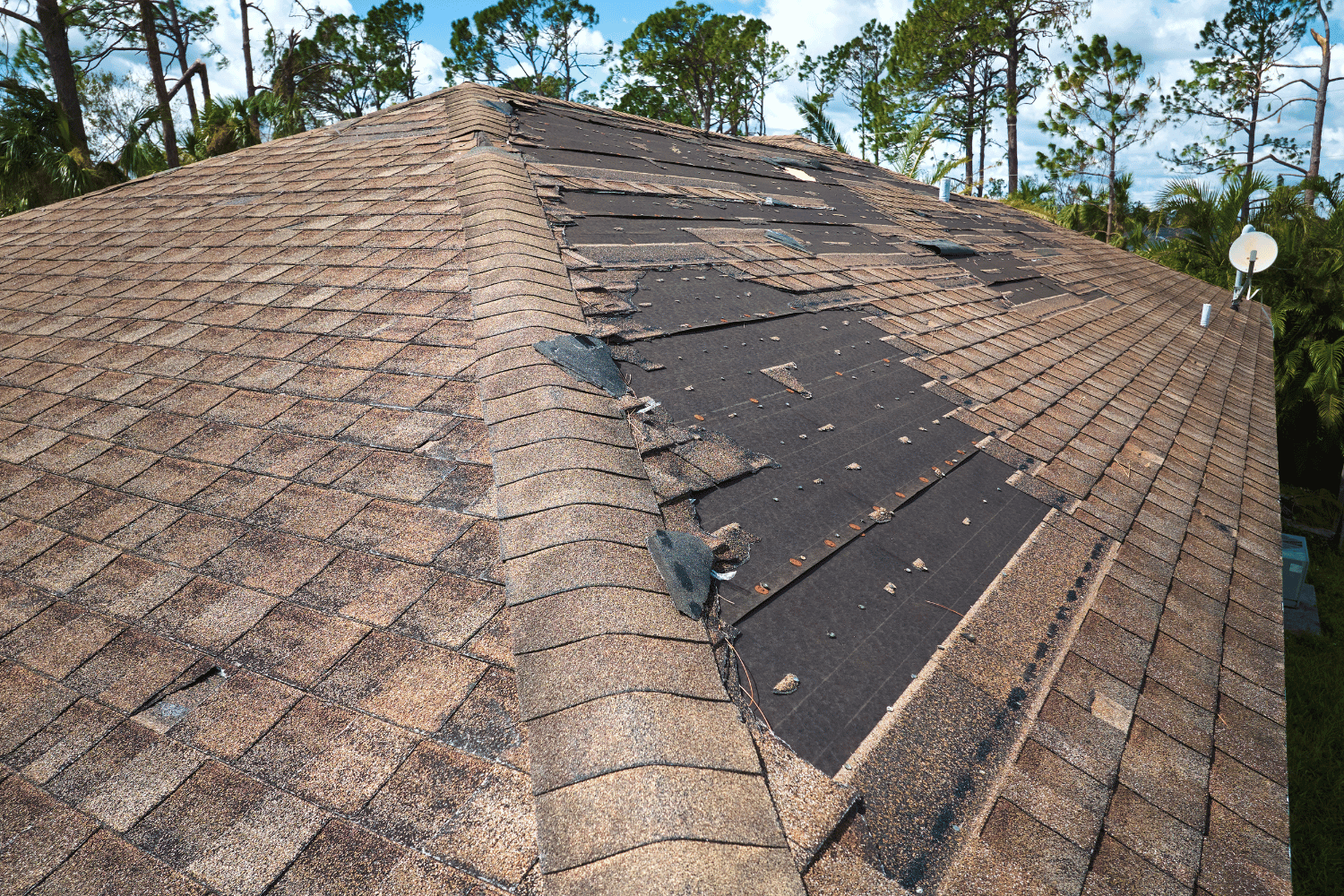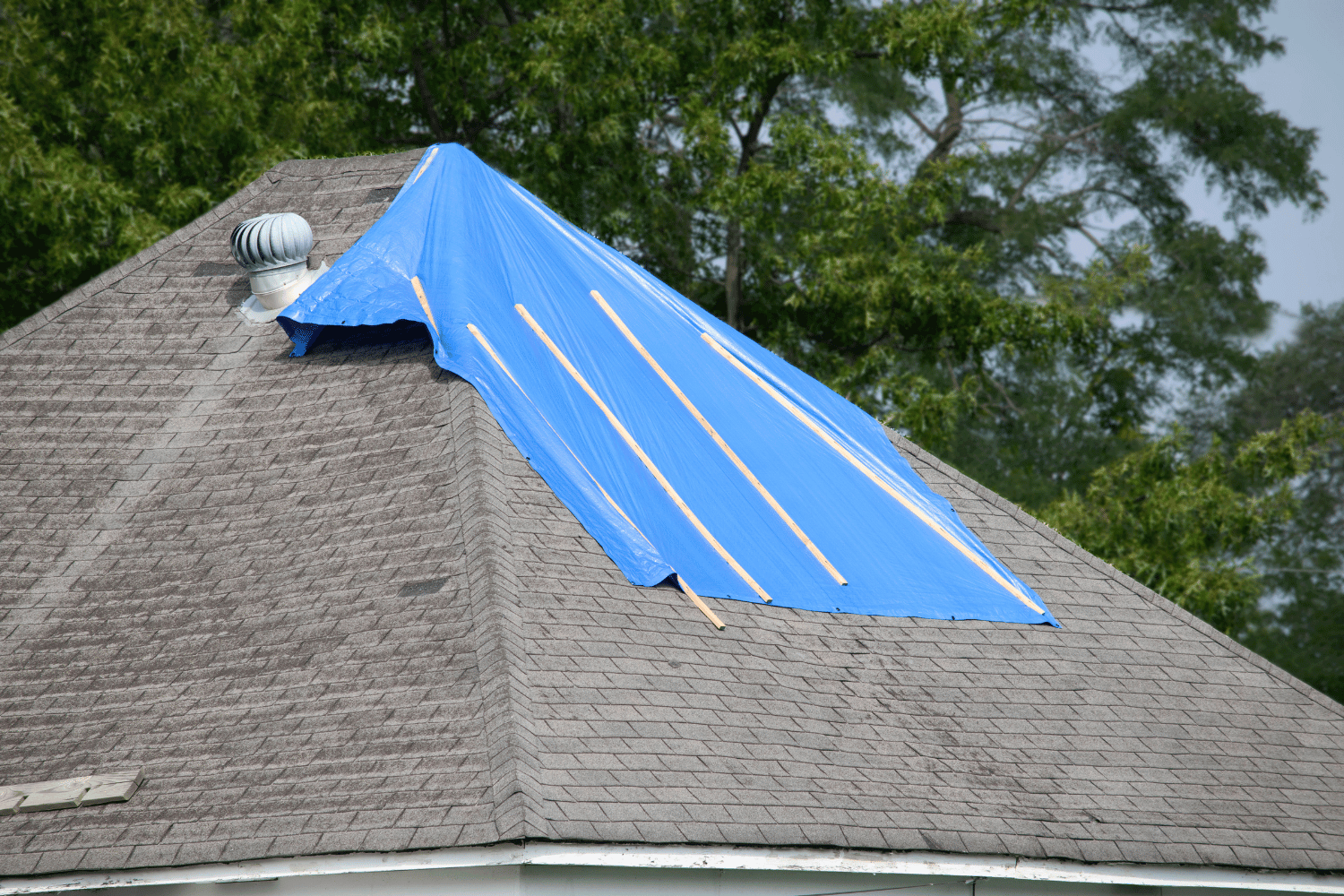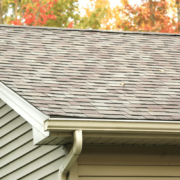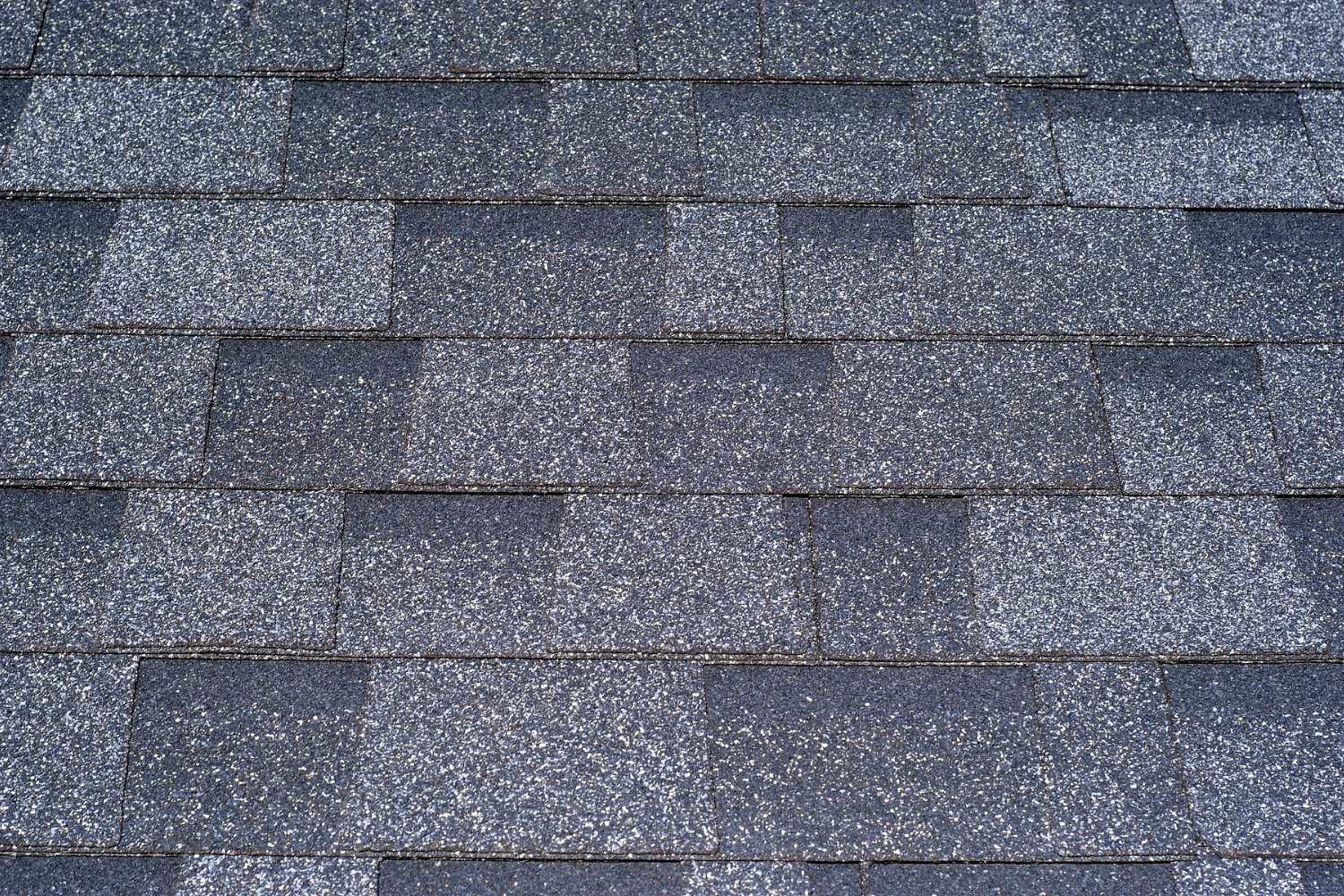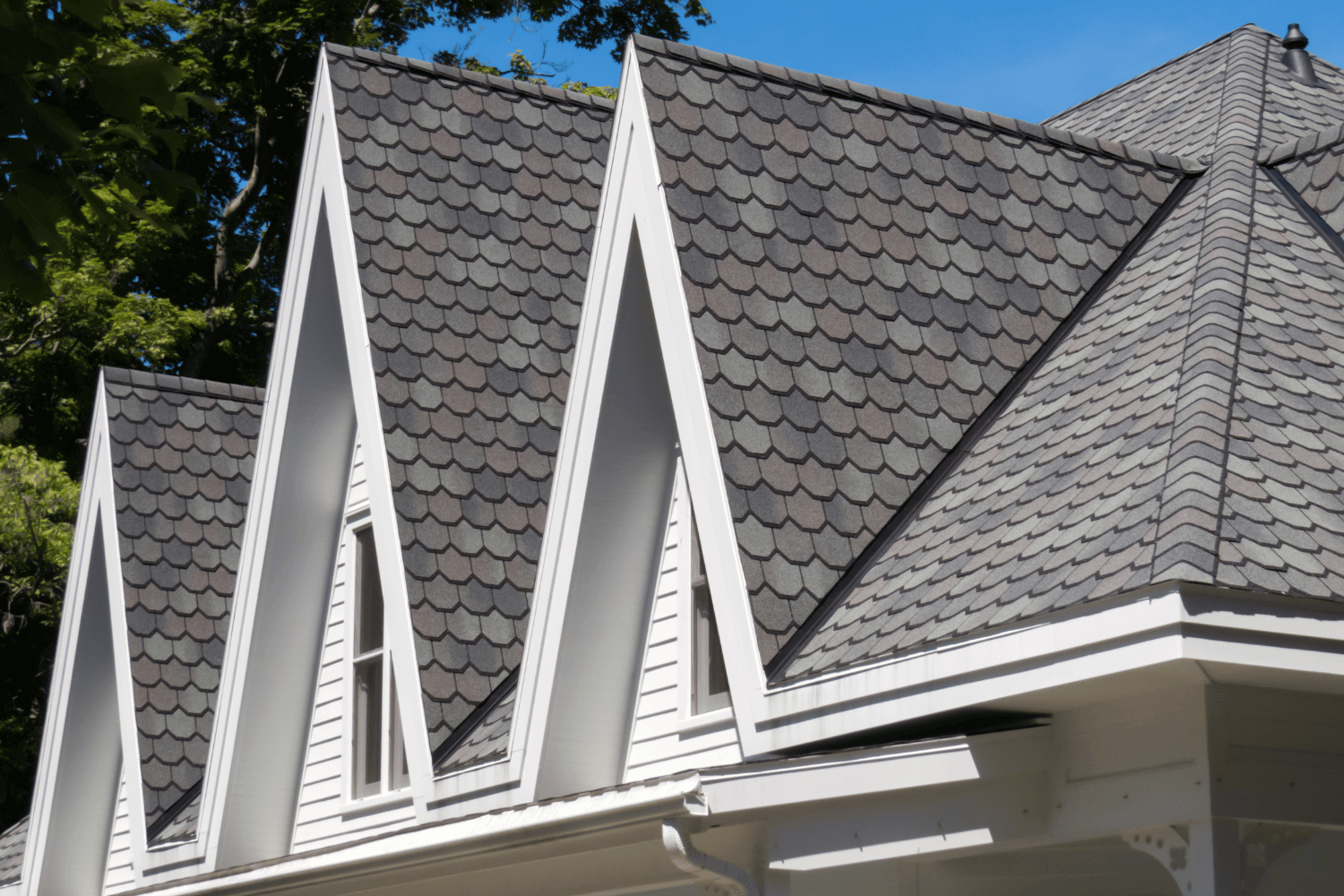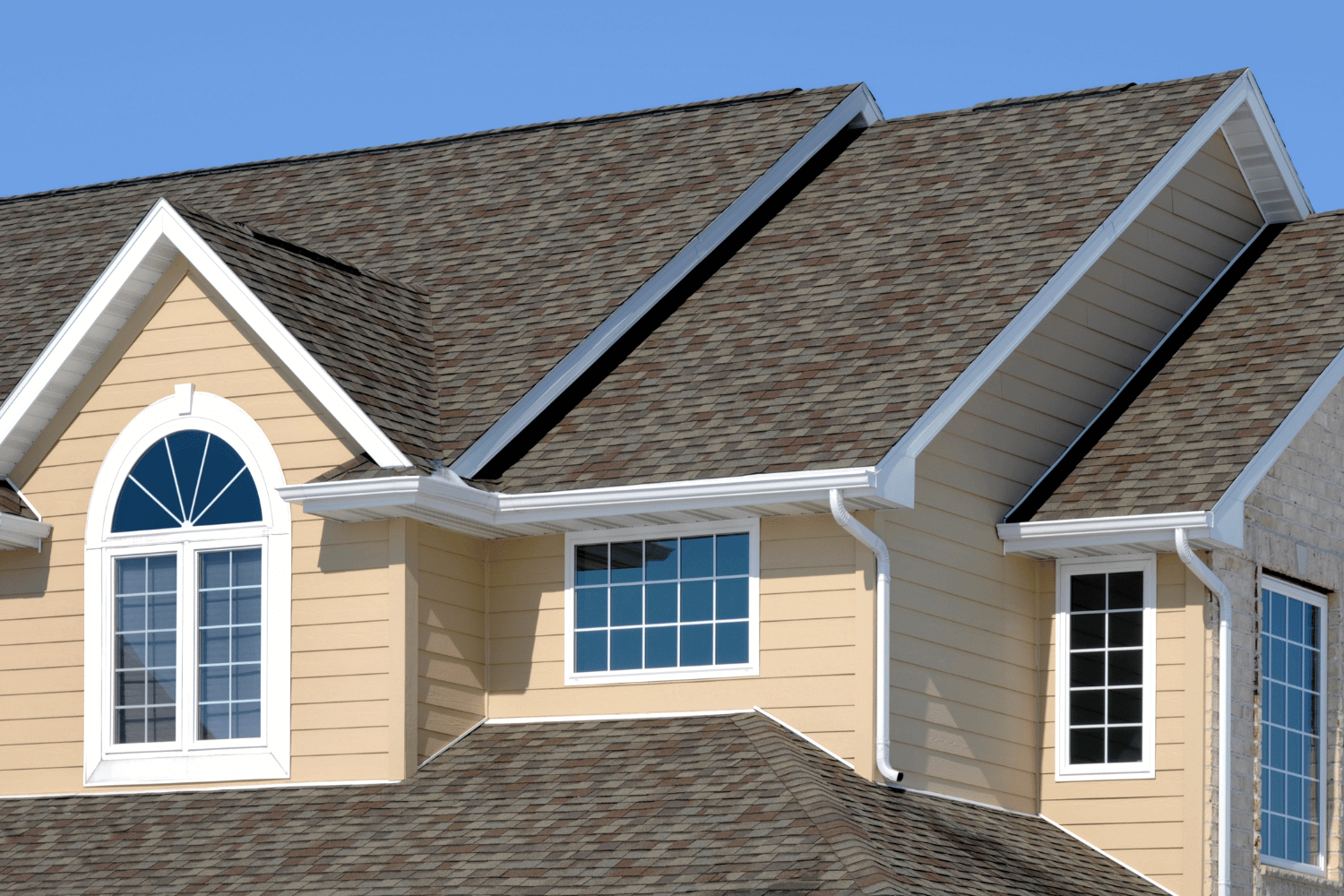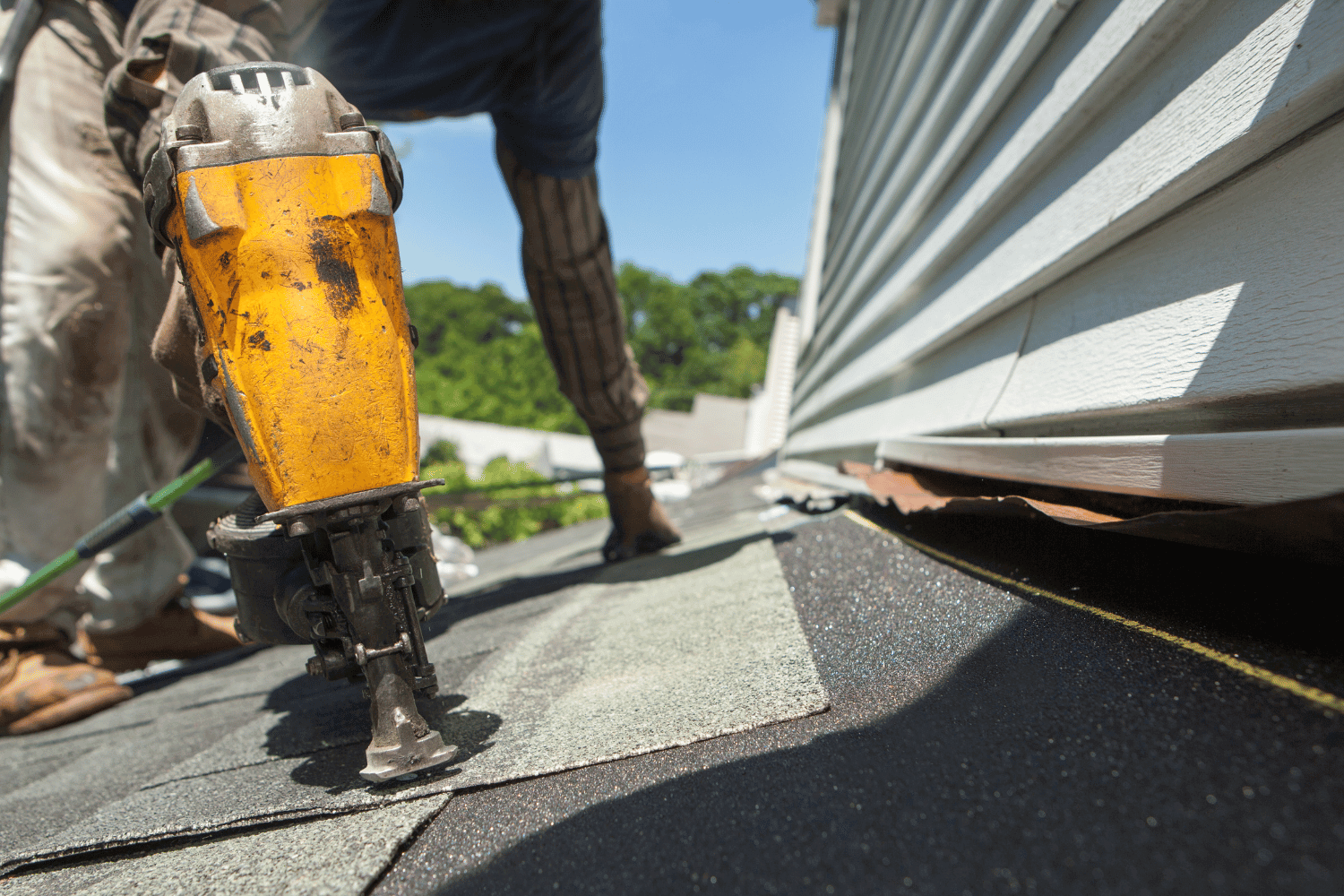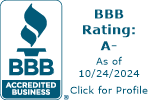Understanding the Roof Replacement Process: What to Expect
Need to replace your roof? This guide walks you through the entire roof replacement process. From identifying the signs to picking the best materials and obtaining permits, you’ll learn each step to ensure a smooth project.
Key Takeaways
-
Identifying signs of roof deterioration, such as leaks and damaged shingles, is crucial for timely replacement to maintain home integrity.
-
Hiring a professional roofing contractor for inspections and material selection ensures a thorough and informed roof replacement process.
-
Understanding financing options and warranties is essential for homeowners, with current promotions providing cost-effective solutions for roof replacement.
Identifying the Need for a Roof Replacement
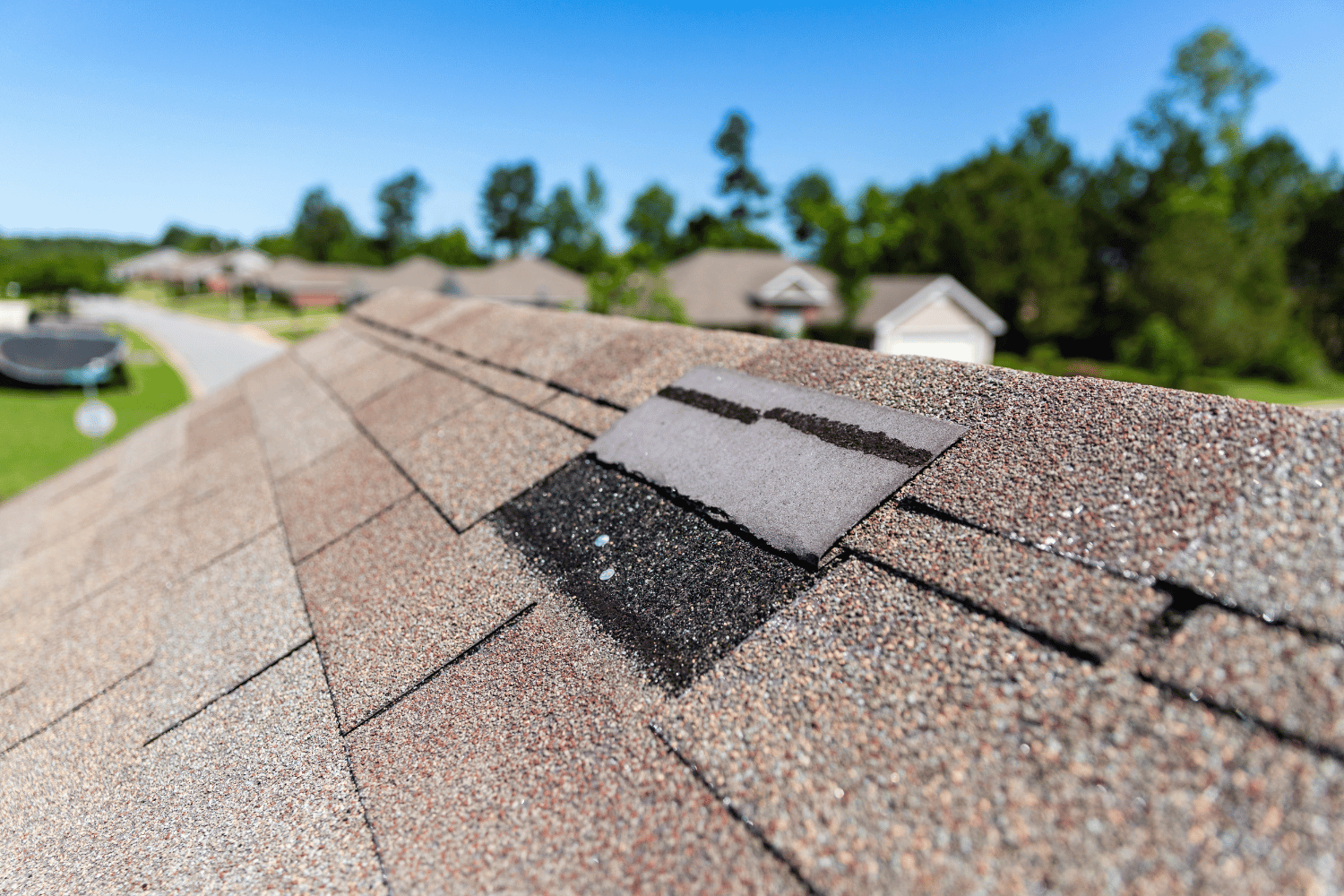
Identifying when your roof requires replacement is the initial important step. Common indicators that it may be time for a new roof include persistent leaks and missing or damaged shingles. Additionally, the age of your roof can also suggest the need for replacement. If your roof is around 20 years old or appears visibly worn, it might be nearing the end of its lifespan.
Specific signs that necessitate roof replacement include:
-
Curled shingle edges or cupped tabs, which suggest that the shingles are deteriorating
-
Bald areas where granules are missing from shingles
-
Cracked shingles, which are clear indicators that your roof is in distress
-
Dark streaks caused by algae, which, while often a cosmetic issue, can also signal aging
Moss growth, especially in shaded areas, poses another problem. Moss can trap moisture against the roof surface, leading to damage over time. Moreover, if you notice that neighbors are replacing their roofs, it could be a sign that your roof is also due for replacement, as homes in the same area often age similarly.
Understanding these signs is vital for maintaining the integrity of your home. Early identification of roof replacement needs can prevent further damage and ensure your home’s safety and durability.
Initial Roof Inspection
Conducting a thorough roof inspection helps identify existing issues and plan for an effective replacement. Homeowners should clear debris from roofs and gutters beforehand to allow for a comprehensive evaluation. This step allows the inspection to uncover all potential issues, such as leaks, damaged shingles, structural concerns, and underlayment problems.
Hiring a professional roofing contractor is highly recommended to minimize risks and handle the complexities involved in the roof replacement process. At Dream Home Roofers, we provide comprehensive roofing inspections and detailed estimates to assist homeowners in making informed decisions. A reputable roofing contractor and roofing contractors can further enhance this experience.
A professional inspection identifies the current state of your roof and offers insights into the best course of action, ensuring a clear plan for your roof replacement project.
Choosing the Right Roofing Material
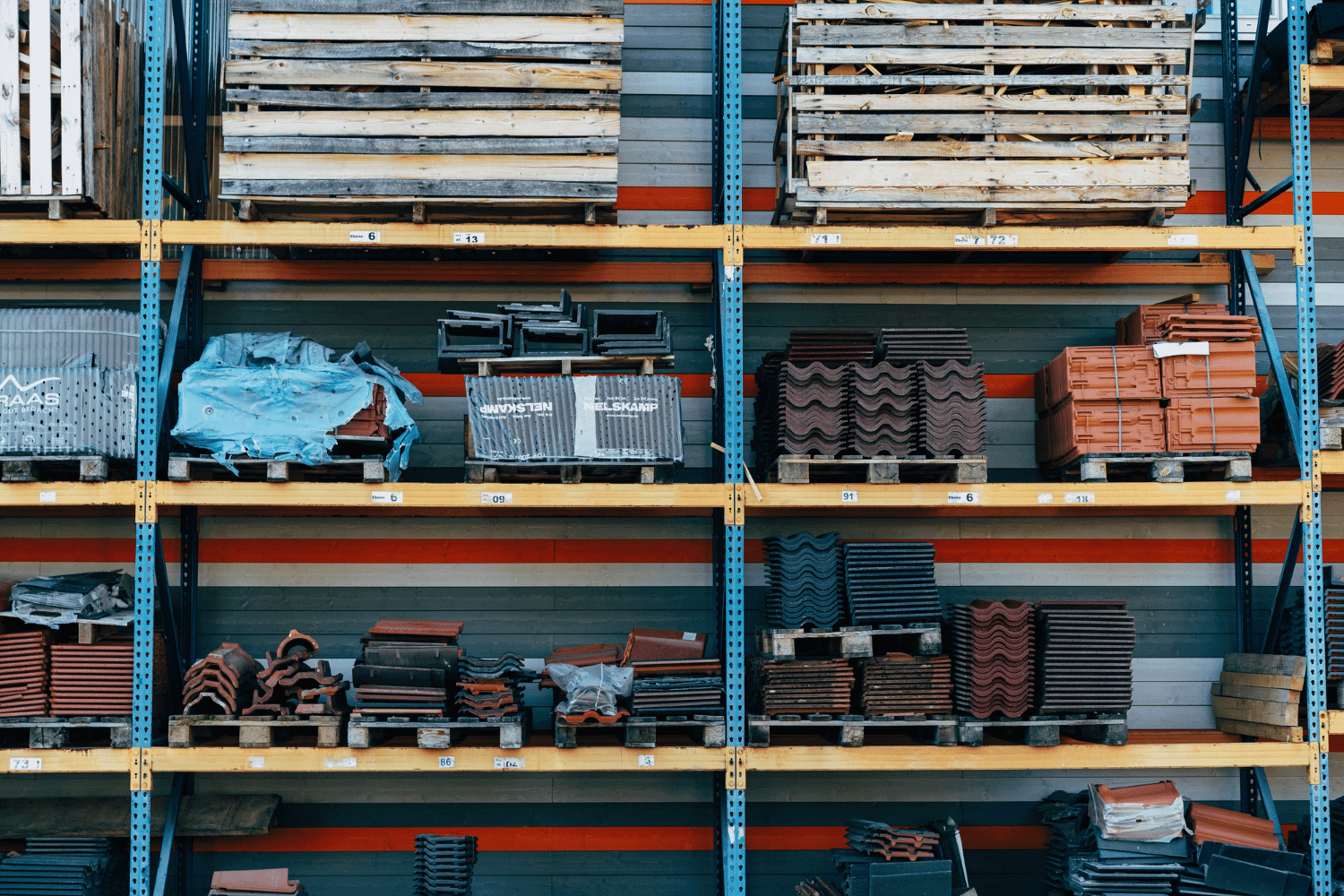
Choosing the right roofing material involves balancing durability, aesthetics, and cost. The main considerations include how long the roof material will last, how it looks, and how much it costs. Common types of roofing materials include asphalt shingles, metal roofing, tile, and slate.
Asphalt shingles are generally more cost-effective, making them a popular choice for homeowners on a budget. They come in various styles and colors, including architectural shingles, which provide a multi-layered construction for enhanced durability and aesthetic appeal.
Metal roofs, on the other hand, offer longevity and energy efficiency by reflecting heat, making them an excellent choice for those looking for a durable and eco-friendly option.
Clay tiles and slate roofs, while providing exceptional durability and a unique aesthetic, come at a higher price point. These materials are heavier and may require additional structural support. The upfront cost of roofing materials can significantly vary, impacting homeowners’ choices.
Ultimately, choosing the right roofing material involves balancing quality, aesthetic appeal, and budget considerations. Understanding the benefits and drawbacks of each material helps you make an informed decision that suits your needs and enhances your home’s value.
Obtaining Permits and Preparing Your Home
Securing the necessary permits for roof replacement ensures adherence to local laws and prevents potential legal issues. Failing to secure the proper permits can result in fines and complications that could delay your roofing project. At Dream Home Roofers, we ensure all required permits are obtained, providing peace of mind for homeowners.
Prepare your home before the roof installation begins. Protect outdoor furniture with covers to prevent damage during the roofing process. Cover landscaping and remove any obstructive items from around the home to facilitate the roofing process. Informing your neighbors ahead of time about the upcoming noise and disruption is also a courteous step to take.
Removing Old Roofing Materials
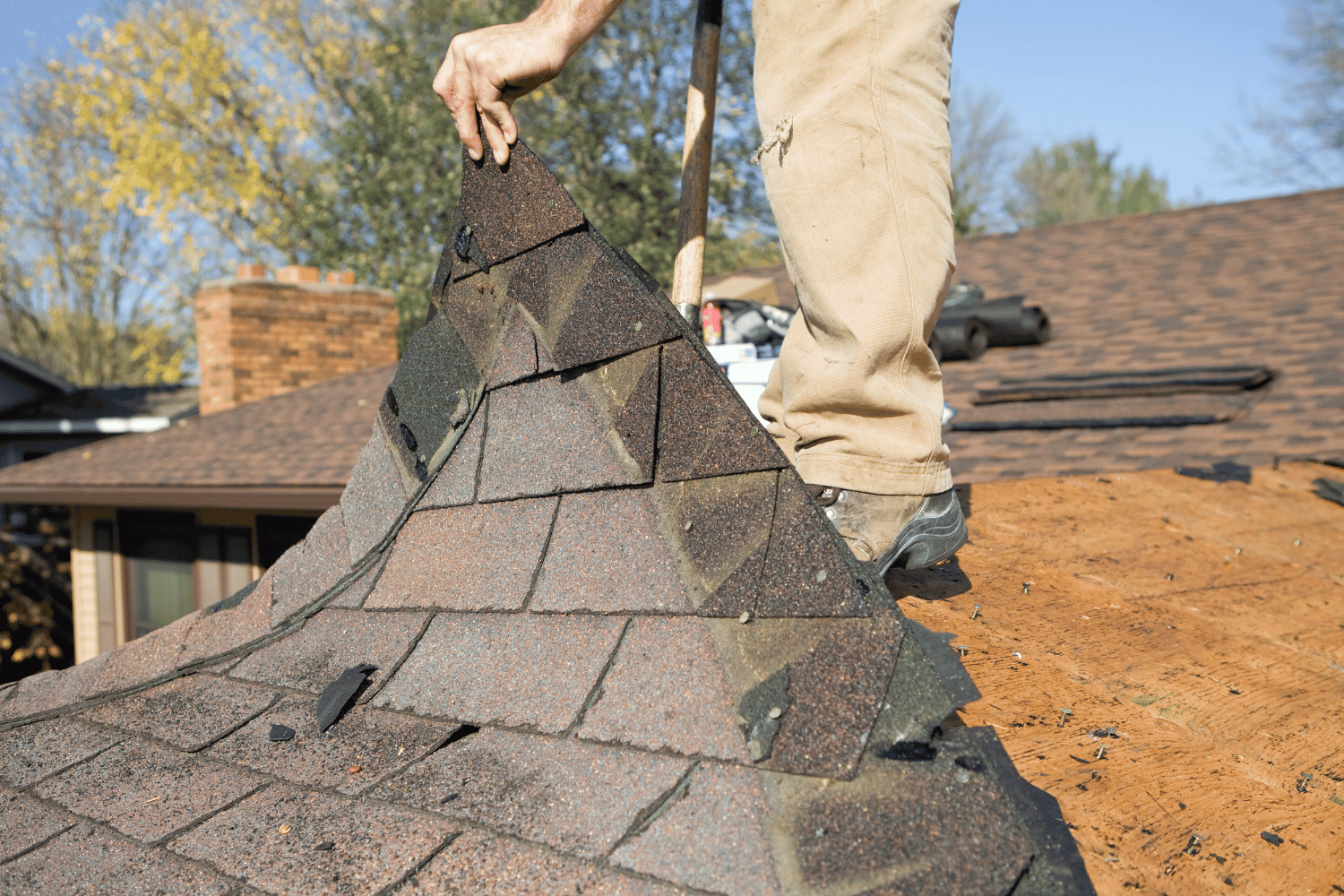
Removing old roofing materials starts with preparing the yard by covering landscaping and placing a dumpster nearby for debris. This preparation helps protect your property and ensures that debris is managed efficiently throughout the project.
The removal starts at the peak of the roof ridge, with ridge caps being taken off first, followed by stripping away the existing shingles and underlayment. Once the roof is bare, the roof deck is inspected for damage, particularly looking for broken or rotted sections that may need replacement.
The roofing crew picks up debris and ensures it goes to the dump trailer, keeping the work area clean and safe.
Inspecting and Repairing Roof Decking
After removing the old roofing materials, inspecting the roof decking for damage or rot is crucial to ensure a stable base for the new roof. If any damaged or rotting roof decking is found, it must be replaced before installing the new materials. Plank decking with gaps exceeding 1/8 inch must also be replaced to comply with installation guidelines.
A solid roof deck is crucial. It ensures proper installation and enhances the longevity of the new roofing materials. Ensuring that the roof decking is in good condition will provide a strong foundation for the new roof and prevent future issues.
Installing Underlayment and Flashing
Installing the underlayment correctly enhances moisture protection in roofing. The underlayment must comply with local building codes to ensure long-term effectiveness. Common materials used include felt paper and synthetic underlayment, with the latter being lighter and tougher, making it easier to install.
Flashing is installed around critical areas like chimneys and vents to block water from entering the roof structure and prevent leaks. Correct flashing installation maintains structural integrity and prevents water infiltration where different materials meet.
Together, underlayment and flashing play a vital role in the overall durability and effectiveness of the new roofing system, ensuring that your home remains protected from the elements.
Installing New Roofing Materials
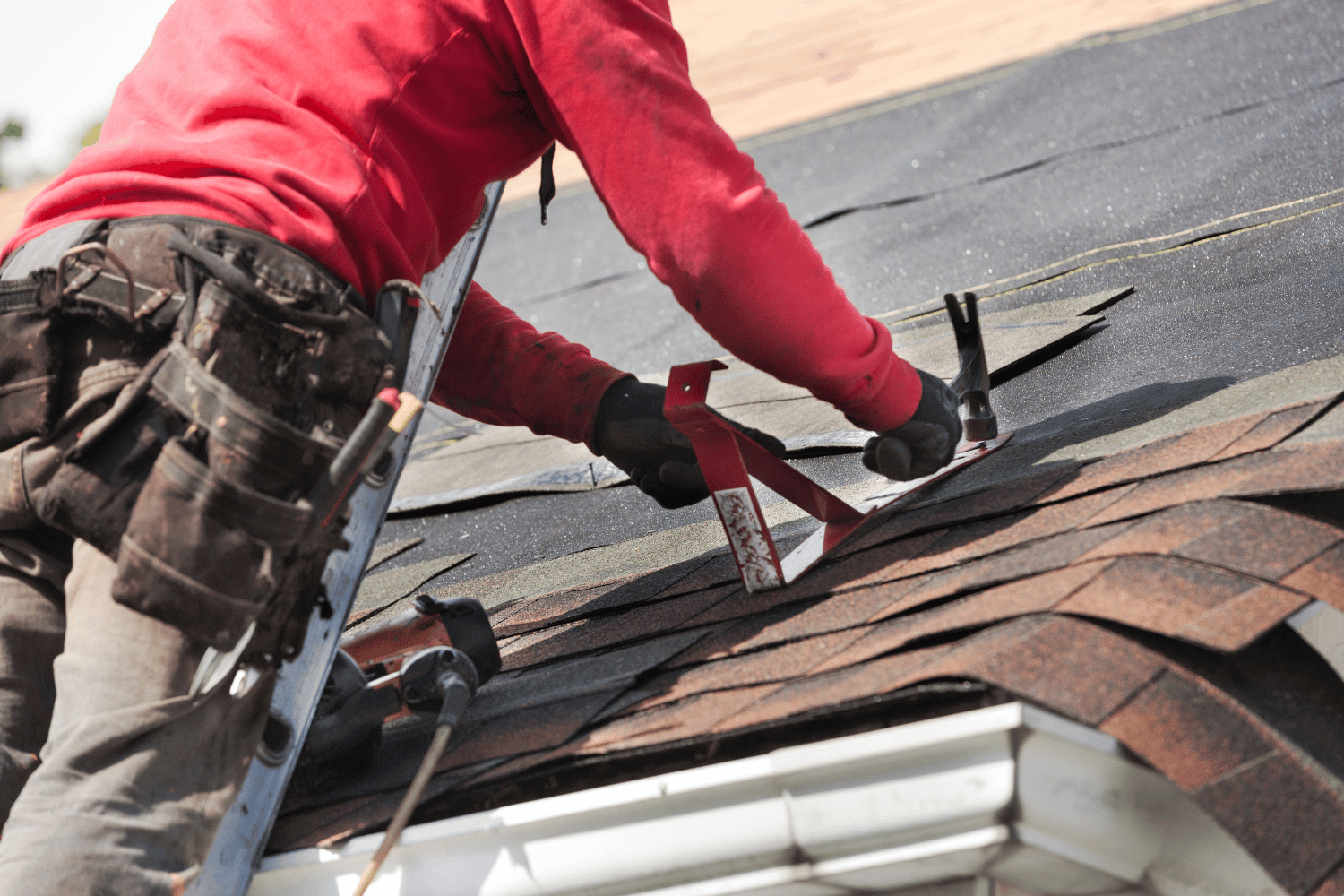
Start the installation of new roofing materials with starter shingles, which provide a secure base for the main shingles and allow for easier water runoff. Main shingles are then installed in overlapping rows from the bottom of the roof to the ridge, ensuring proper alignment and coverage.
Underlayment is installed after the starter shingles, providing additional protection against moisture. Ridge cap shingles are used to cover the ridge of the roof where two planes meet, providing a finished appearance and additional protection.
Proper alignment and coverage during installing a new roof ensure the new roof’s longevity and effectiveness, allowing it to withstand the elements and protect your home for years.
Ensuring Proper Ventilation
Maintaining proper ventilation is key to extending roof longevity and enhancing energy efficiency. Identifying ventilation issues during an inspection is vital, as poor ventilation can lead to moisture buildup and mold growth. Ridge vents facilitate the release of warm air from attics, enhancing airflow across the entire roof area.
Attic fans actively expel hot air, effectively reducing temperatures and humidity levels during extreme heat. A balanced ventilation system is necessary; too much or too little can impair both ridge vents and attic fans’ effectiveness.
Final Inspection and Cleanup
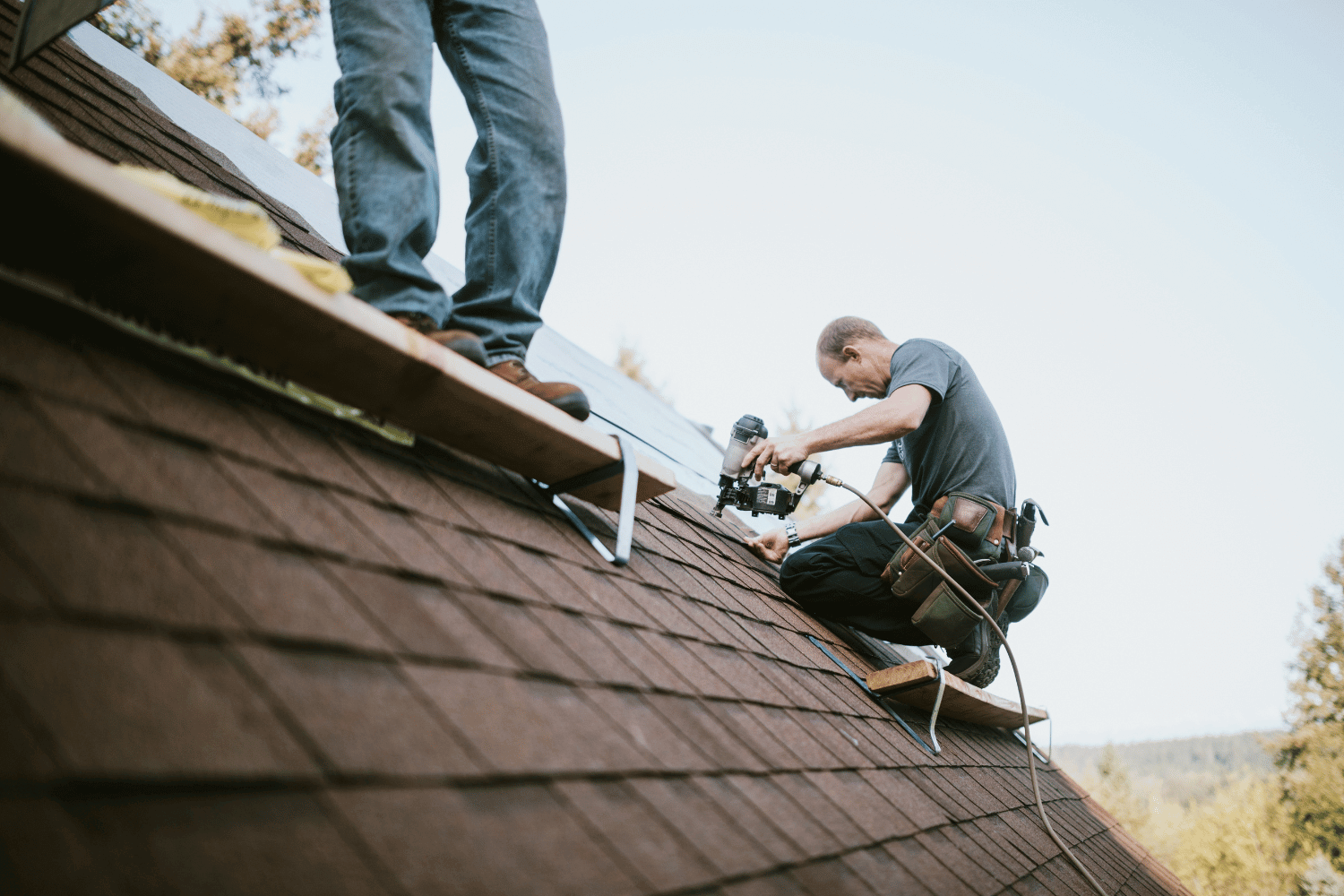
The final inspection confirms that the work meets high standards and all requirements. Typically conducted the day after the installation is completed, the project manager performs a full inspection, checking for proper installation and ensuring quality.
Thorough cleanup is performed post-installation to remove debris and ensure quality. Cleanup involves blowing off roof debris and using magnetic tools to pick up stray nails, ensuring the work area is tidy and safe.
Understanding Warranties and Future Maintenance
Homeowners need to understand the different types of roofing warranties. The three primary types are manufacturer’s warranty, workmanship warranty, and extended manufacturer’s warranty. Most standard manufacturer warranties cover defective materials but not installation-related issues.
Extended warranties often include coverage for all components of the roofing system, unlike standard warranties. Contractor workmanship warranties protect against errors in installation, and some may offer lifetime coverage. It’s important to register your warranty promptly to ensure coverage if a claim needs to be filed later.
Warranties can be voided if the manufacturer’s installation instructions are not followed. Regular inspections and cleaning, proper ventilation and insulation, and addressing damage promptly are essential for extending the lifespan of a new roof.
Summary
In summary, the roof replacement process involves several critical steps, from identifying the need for a new roof to ensuring proper ventilation. Recognizing the signs of roof deterioration, choosing the right materials, obtaining permits, and preparing your home are essential first steps. The removal of old materials, inspection and repair of roof decking, and installation of underlayment and flashing set the stage for installing the new roofing materials.
Proper ventilation, final inspection, and understanding warranties and future maintenance ensure the longevity and effectiveness of your new roof. By following this guide and taking advantage of available financing options and promotions, you can ensure a smooth and successful roof replacement project.
Frequently Asked Questions
What are the common signs that my roof needs replacement?
Common signs that your roof needs replacement include persistent leaks, missing or damaged shingles, curled edges, bald areas, and its overall age. Addressing these issues promptly can prevent more significant damage to your home.
Why is a professional roof inspection important?
A professional roof inspection is crucial as it uncovers existing issues and guides you on the best course of action, enabling a well-informed roof replacement plan. This proactive approach helps prevent more significant problems and expenses down the line.
What are the main considerations when choosing roofing materials?
When choosing roofing materials, prioritize durability, aesthetics, and cost to ensure a beneficial long-term investment. Options such as asphalt shingles, metal roofing, tile, and slate each offer distinct advantages to meet your needs.
Why is proper ventilation important for my roof?
Proper ventilation is crucial as it prevents moisture buildup and mold growth, which can significantly extend your roof’s lifespan and improve energy efficiency. Ensuring adequate airflow protects your investment and maintains a healthy home environment.
What financing options are available for roof replacement?
Viable financing options are available for roof replacement by companies like Dream Home Roofers, along with potential discounts on materials. This can significantly reduce the upfront costs involved in a roof replacement project.

